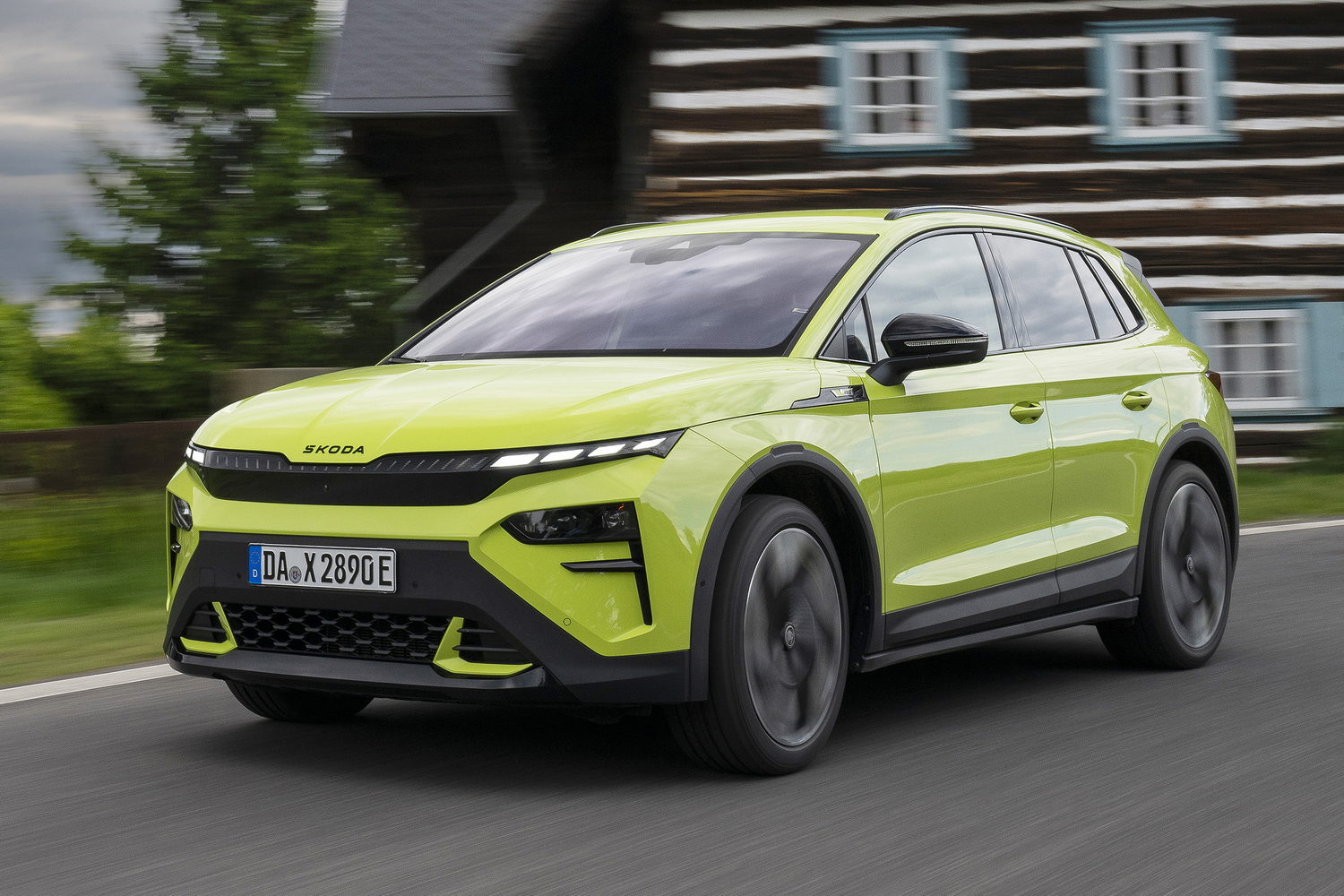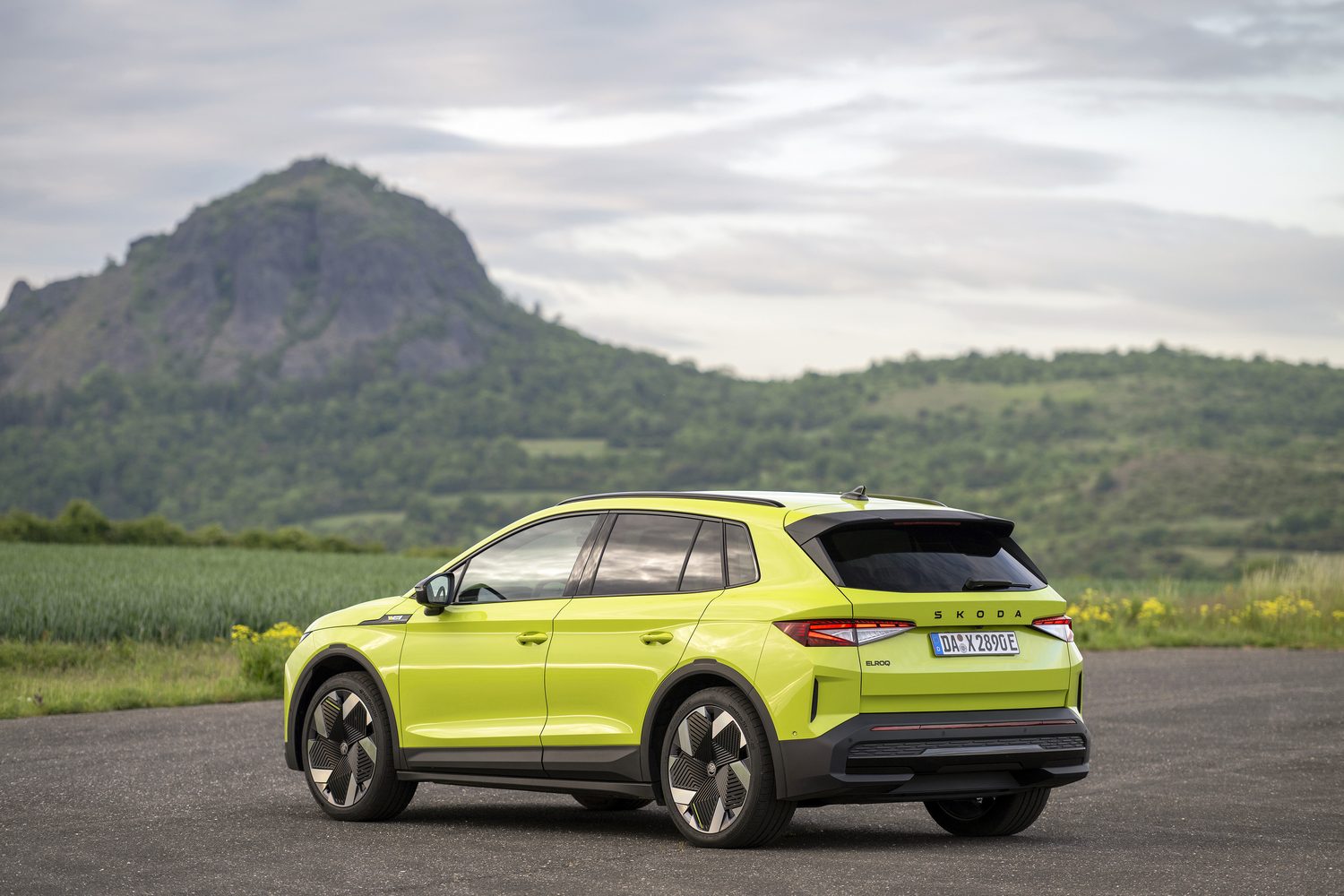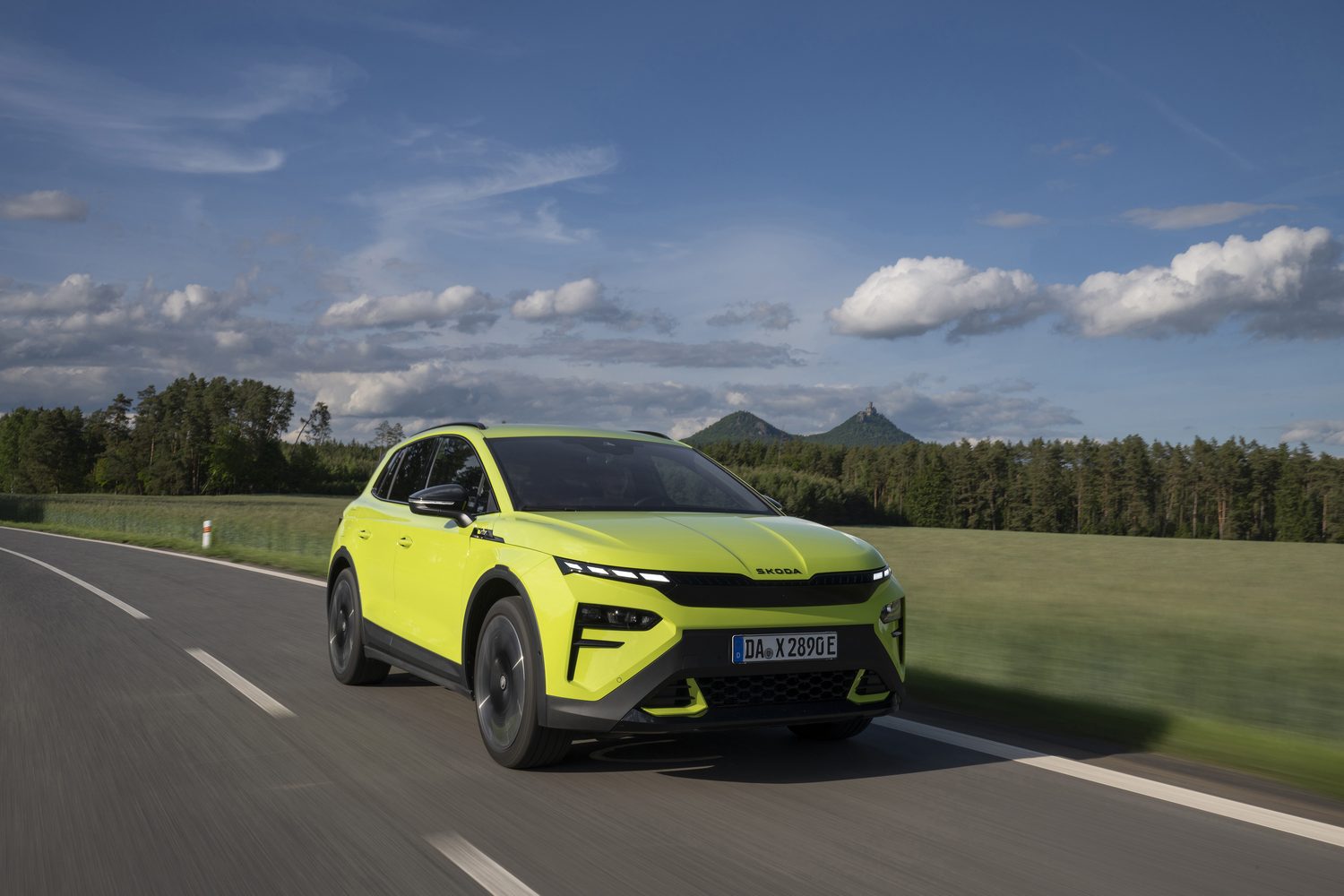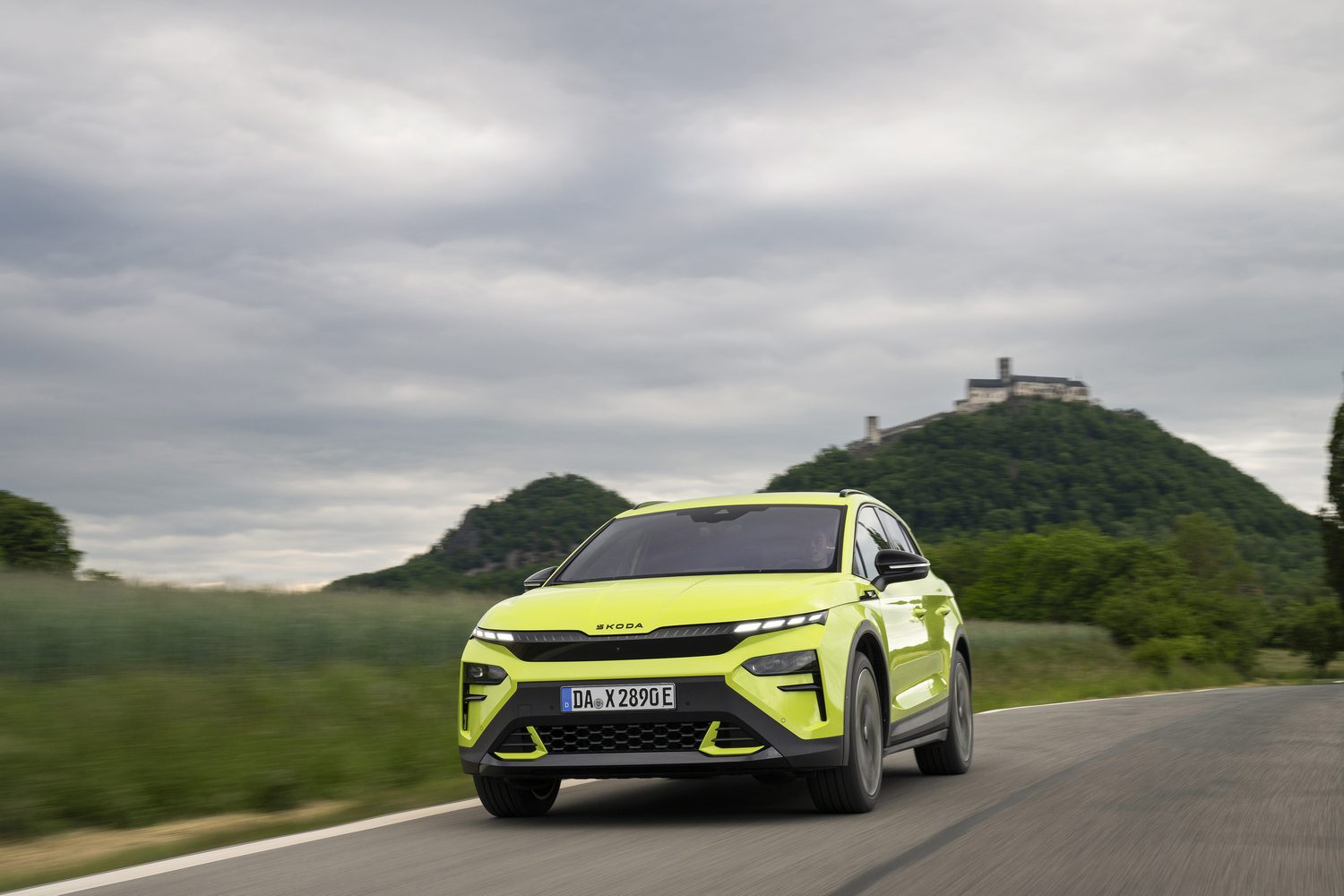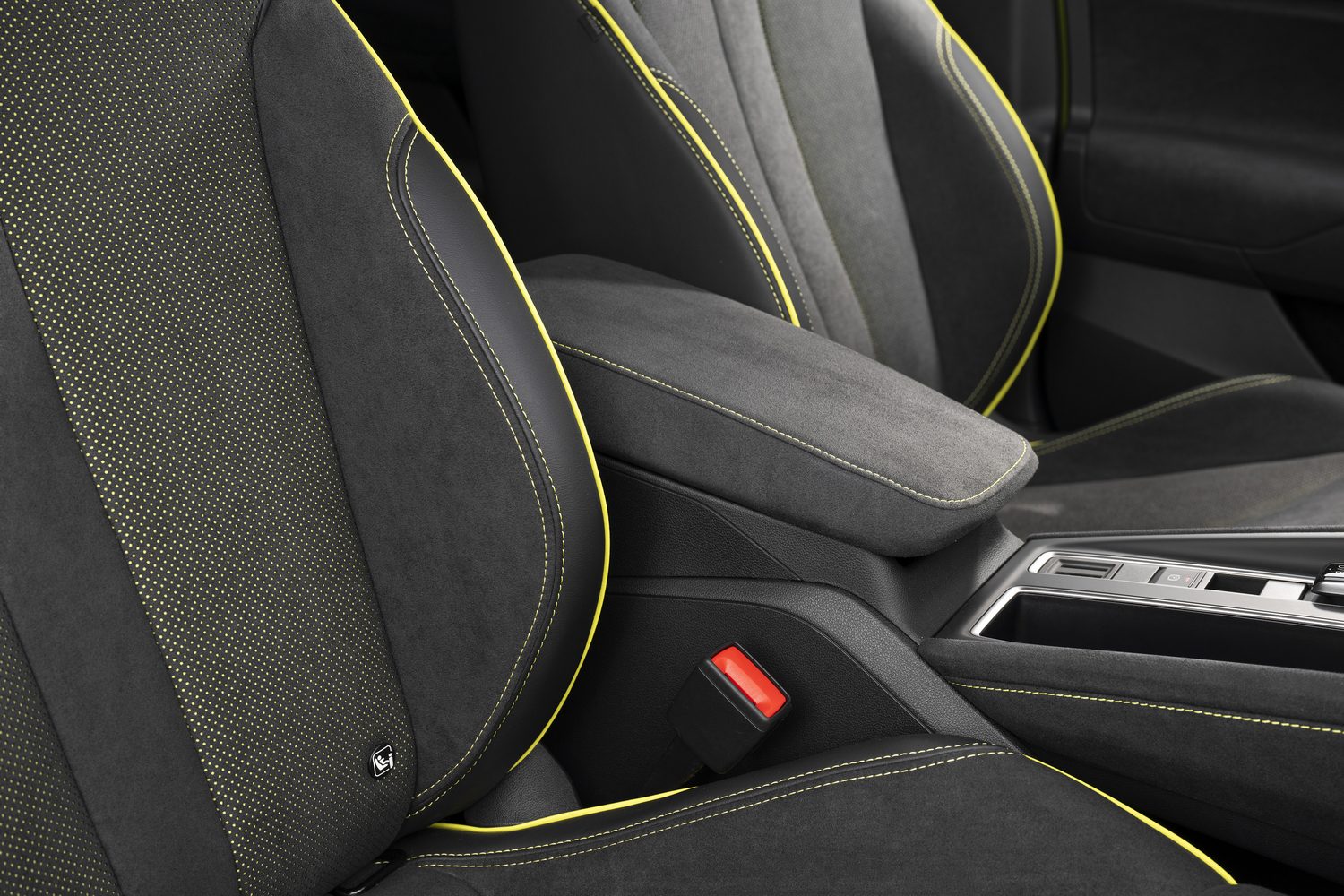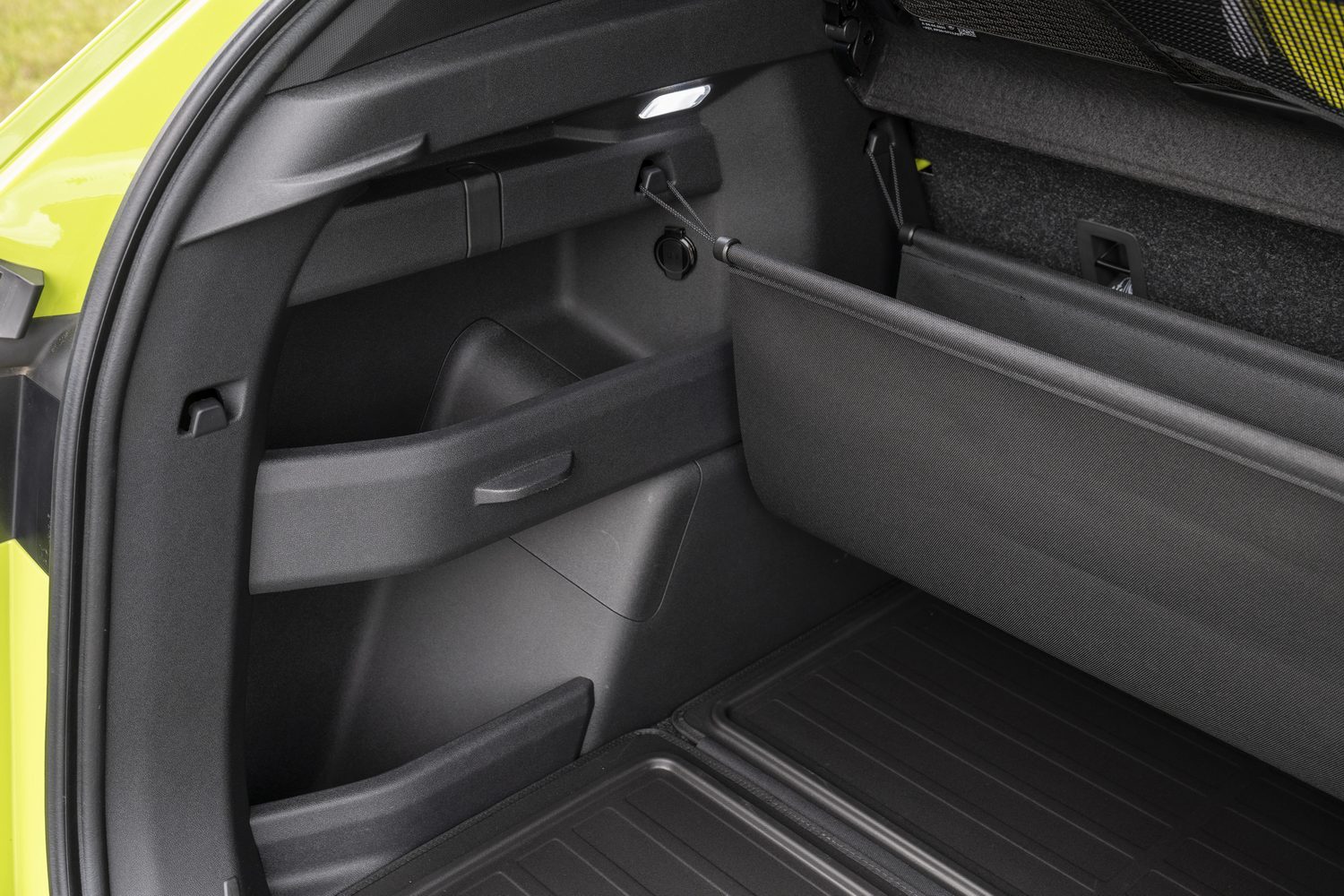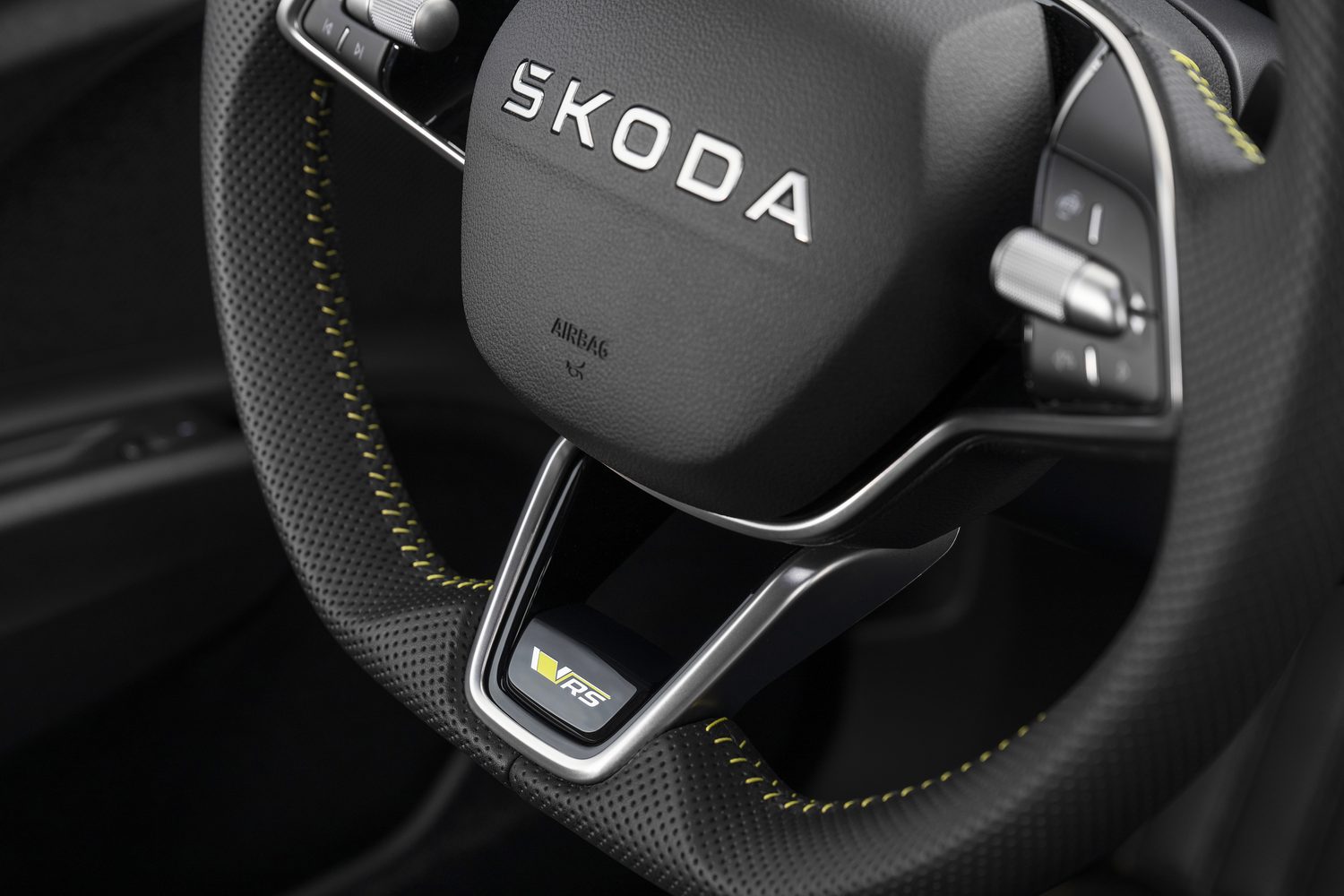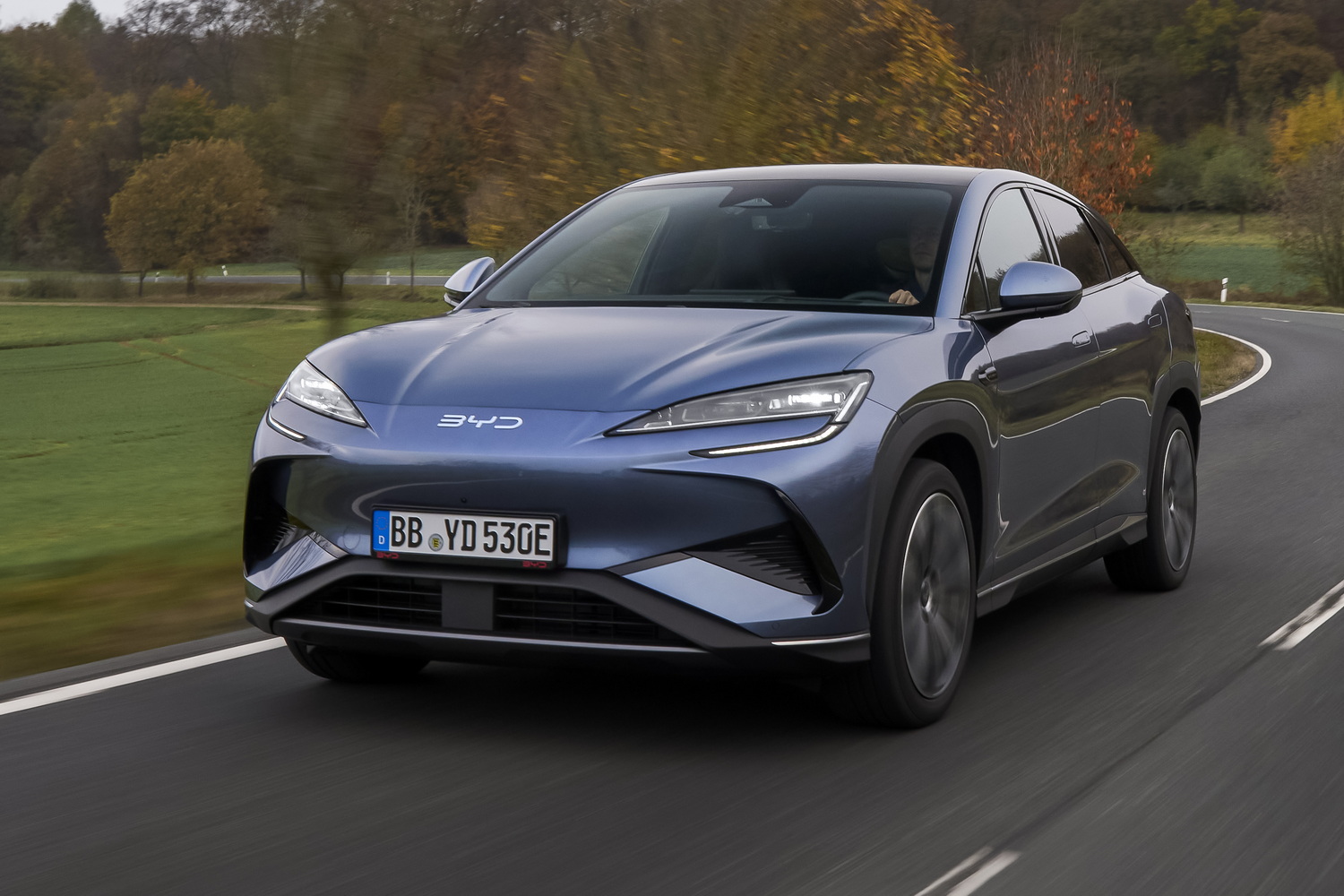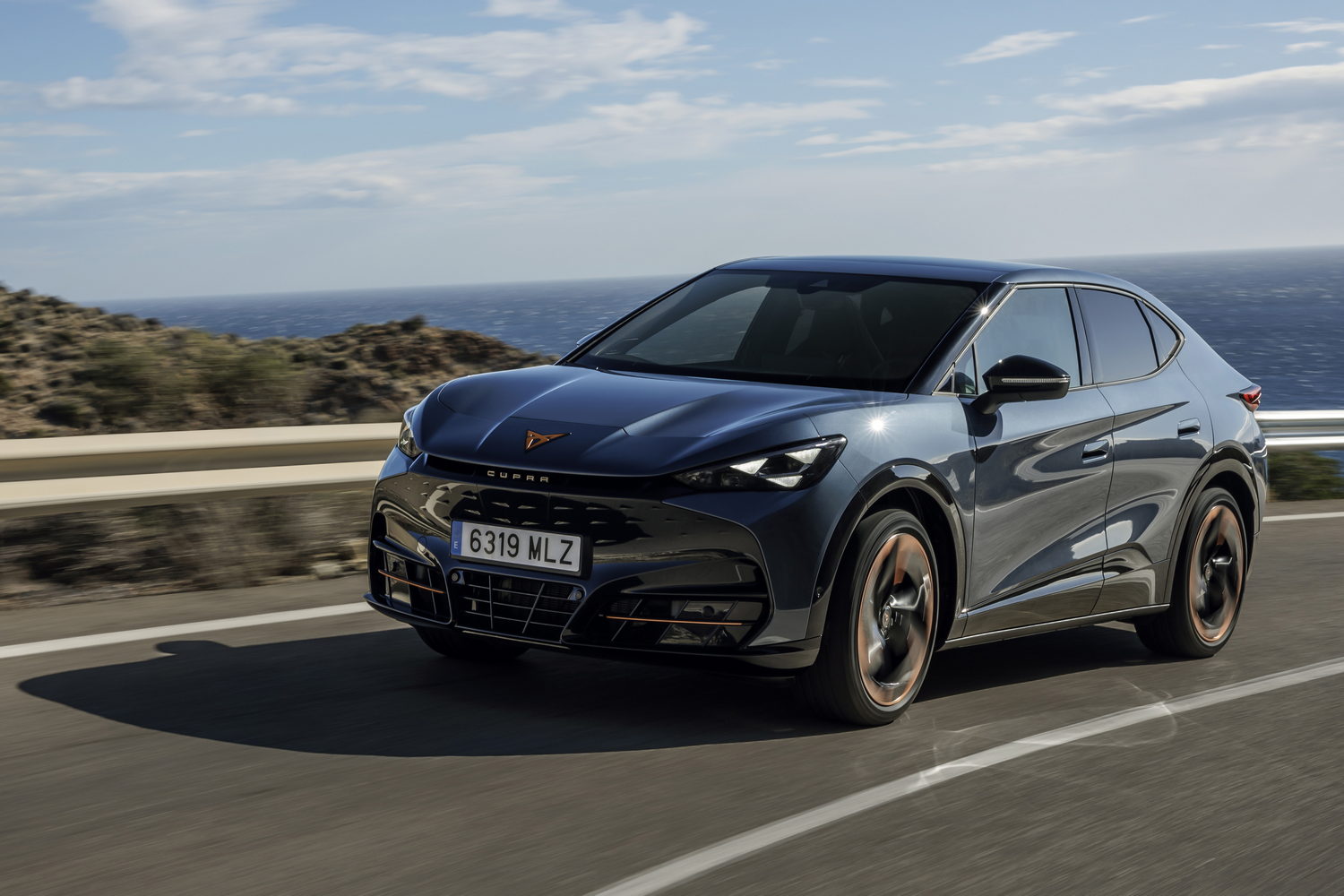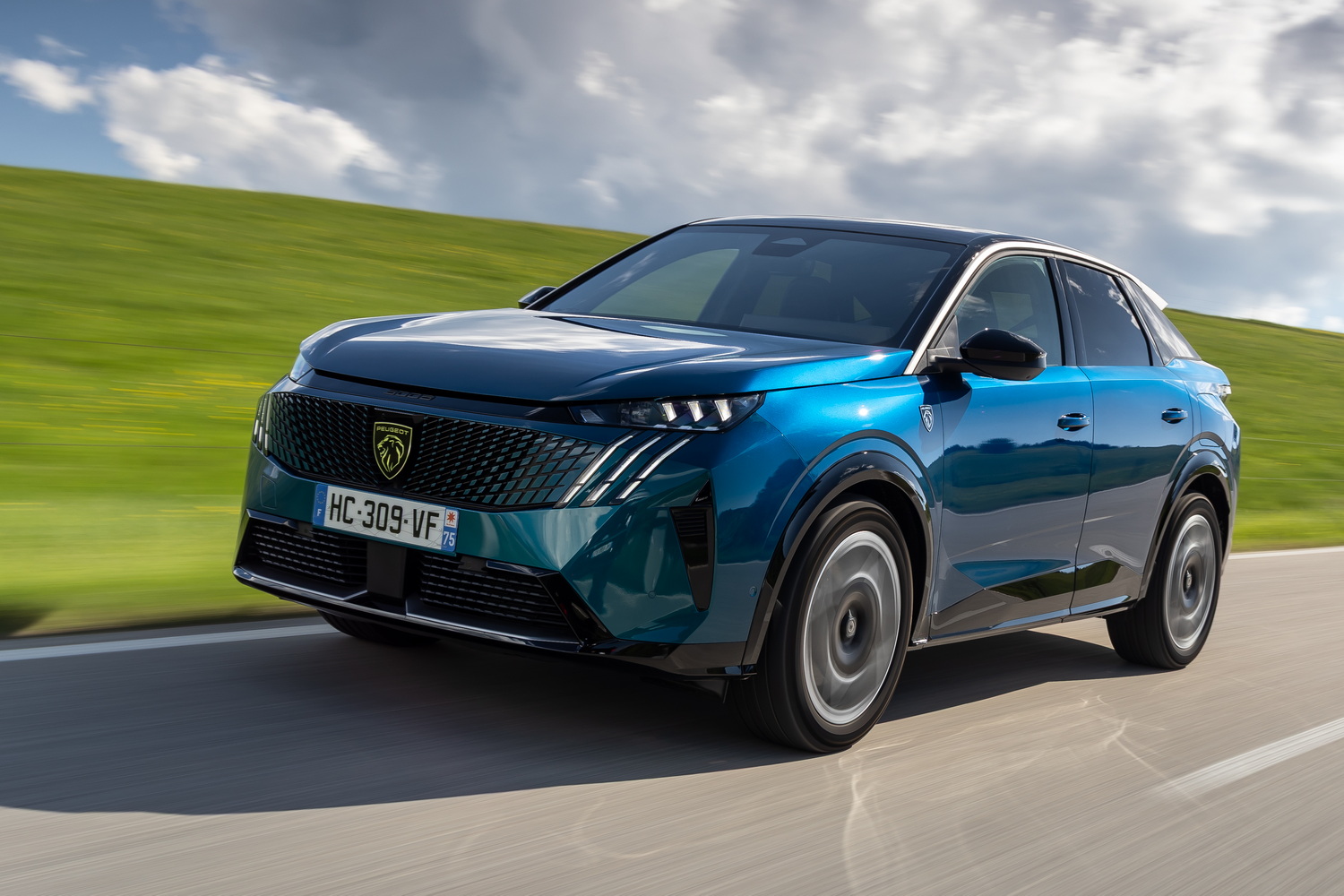Introduction to the 2025 Skoda Elroq RS
As you'd hope, the Elroq RS is just the same as other Skoda RS models: still practical, still (in broad terms) affordable, but just a little bit naughtier. The Skoda RS legend was built largely on the back of the original Octavia RS of 1998, which used a turbocharged petrol engine to better effect than the then-current Golf GTI.
The RS roots reach back a bit further than that. In fact, Skoda's RS models have just reached the half-century mark, with the anniversary of the dinky little rear-engined 110, 130 and 200 RS cars of the 1970s, which went on to major rallying and touring car racing success back in the day.
In a more modern context, Skoda's RS models are designed to still fit the practical, family-friendly brief that comes with all Skodas, but with more power, poise and performance.
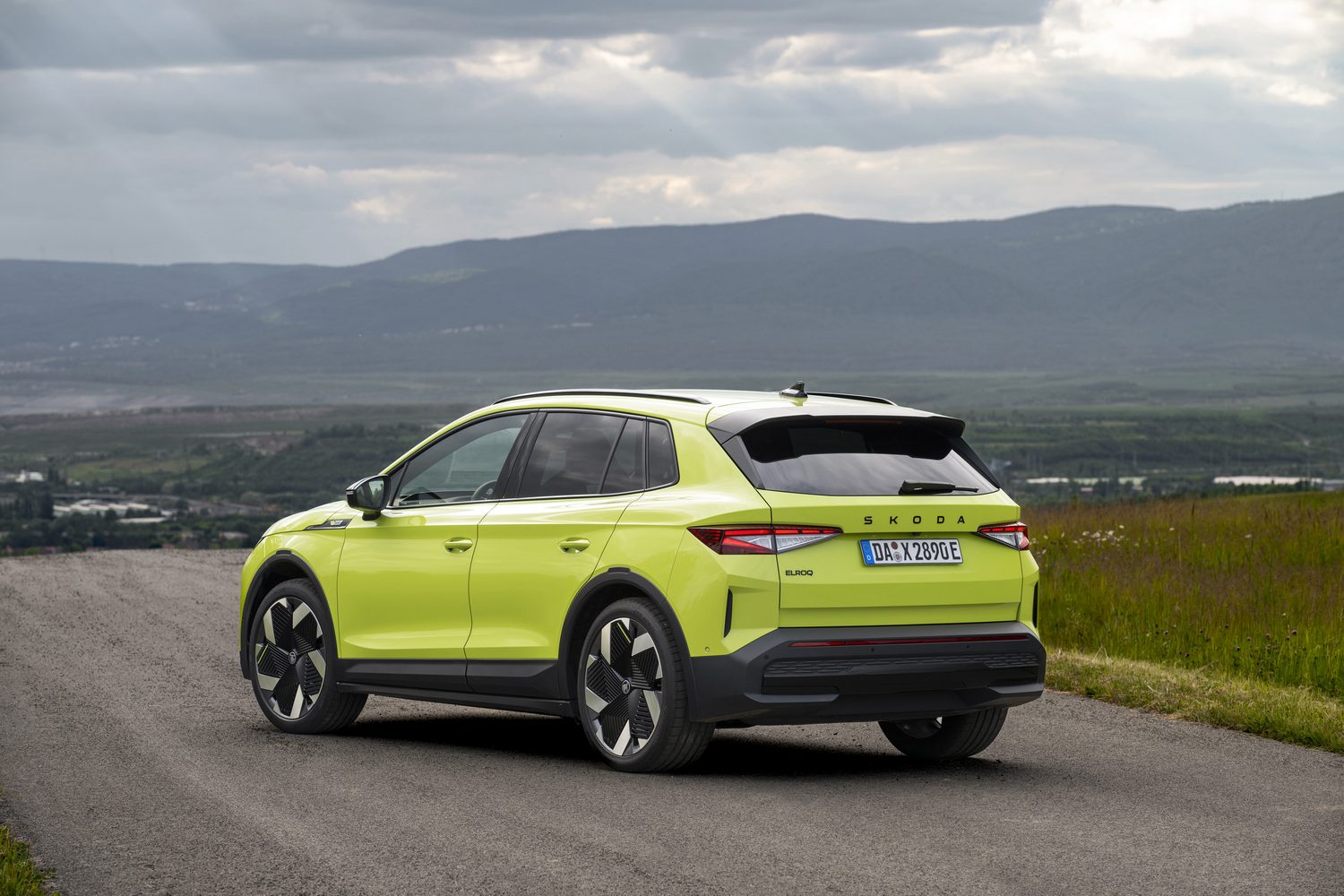
To that end, Skoda has taken the rear-wheel-drive electric Elroq and added an extra motor, driving the front wheels, to give the RS four-wheel drive and up to 340hp. The 545Nm of torque delivered by the rear motor is now augmented by an additional 134Nm coming from the front motor.
And to top the package off, there are also tweaked suspension, steering and brakes to cope with the extra power and provide the requisite dynamic repertoire, as well as some unique RS styling elements inside and out.
Pros & Cons of the 2025 Skoda Elroq RS
Pros: Solid performance, good blend of comfort and precision, excellent cabin, decently range.
Cons: Feels its weight a bit, could be a touch sharper.
Exterior & Design of the 2025 Skoda Elroq RS
• Unique front and rear styling
• Optional 'Mamba Green' paint
• 20- or 21-inch alloys
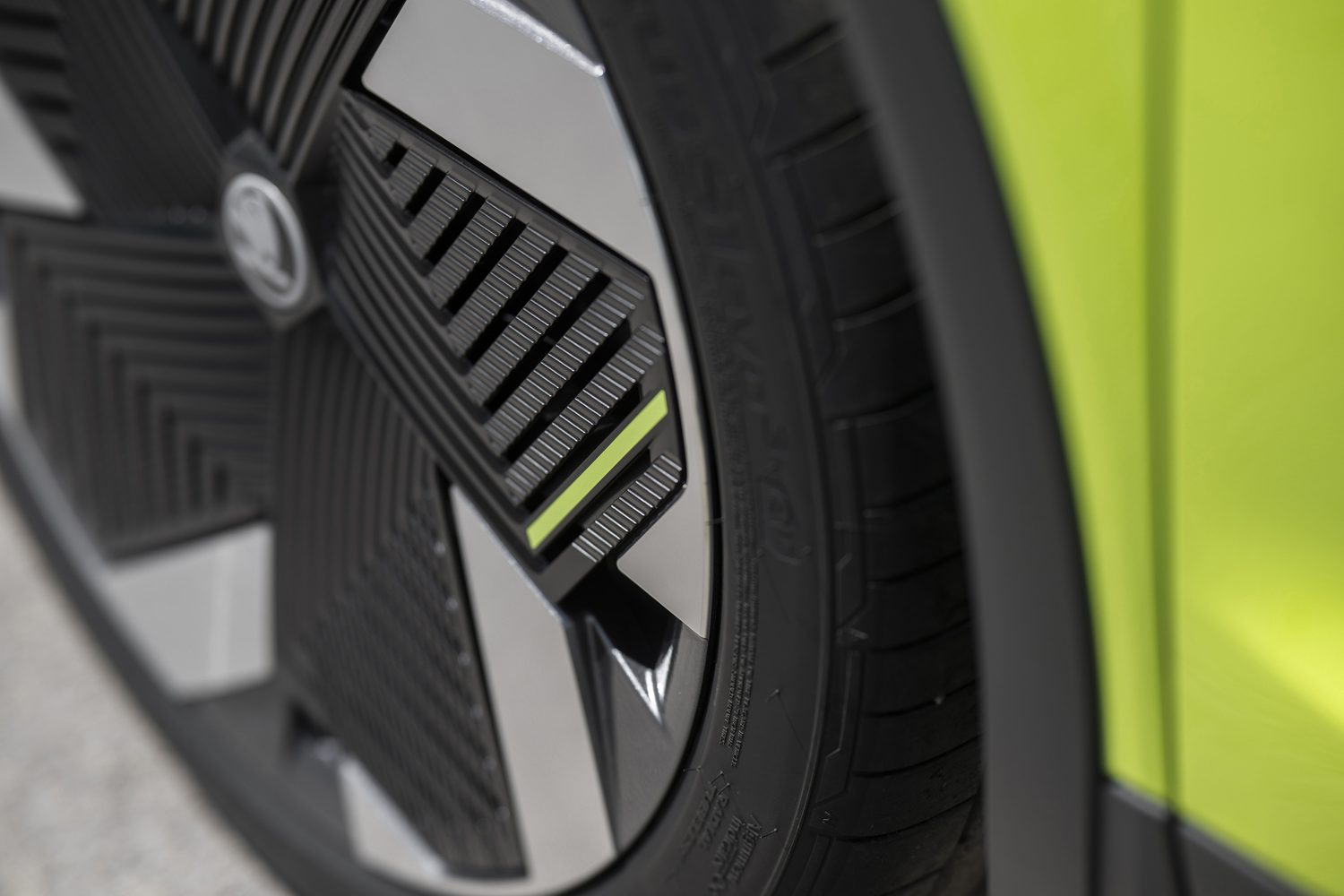
The Elroq RS does look a touch more muscular than a standard Elroq, but the differences are quite subtle, and they tend to become a little lost unless you go for a strident colour, such as the retina-searing Mamba Green of our test car.
The Elroq RS's dimensions are:
Length: 4,448mm
Width: 1,884mm
Height: 1,637mm
Wheelbase: 2,773mm
Those figures reveal that the Elroq RS sits a bit lower to the ground than the standard model, as its sports suspension drops it down by 15mm at the front and 10mm at the rear, although the standard DCC adaptive dampers of Irish RS cars will bring that ride height back up just a fraction as they need space in which to properly operate.
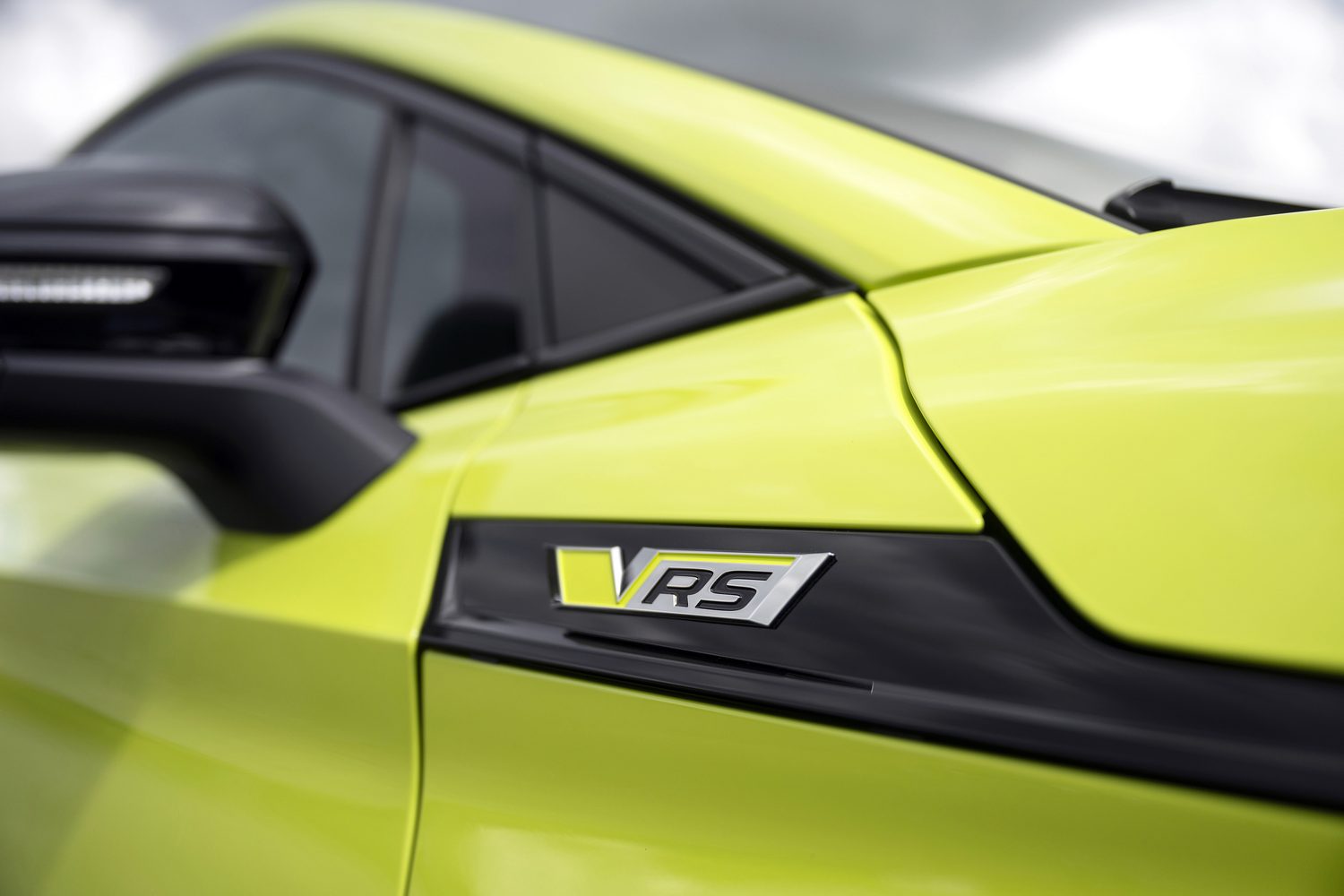
Up front, there's a unique RS bumper, with a chequered flag motif in the big air intake, which sits below the 'Tech Deck' face of the regular Elroq, complete with its slim, sectioned LED running lights, and separate main- and high-beam units.
The body kit isn't exceptionally chunky, although there are discreet side skirts and a new rear bumper with a diffuser-style section. There is a boot spoiler, too, but subjectively it doesn't look all that different to a regular Elroq's and, aside from the optional 21-inch alloy wheels giving the game away, if you got your Elroq RS in a quieter colour than Mamba Green, you might be hard-pressed to tell it apart from a standard model. Then again, for many performance car drivers, a little stealth is no bad thing.
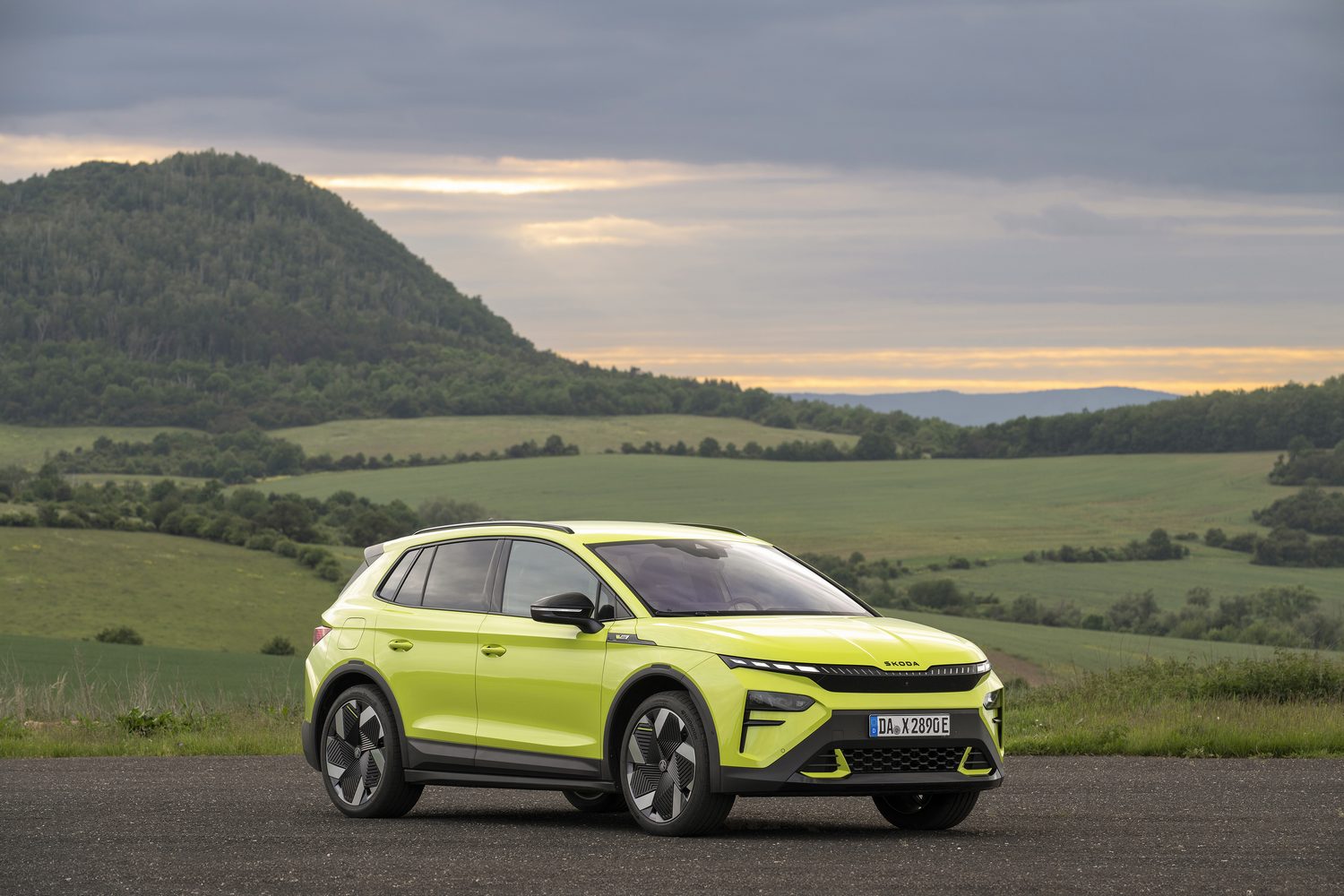
The RS's exterior style is finished off by badges and roof rails finished in a gloss black. Overall, the Elroq RS's style is well-judged and purposeful, rather than over the top.
Interior, Practicality, Tech & Comfort of the 2025 Skoda Elroq RS
• One 'RS' look for the cabin
• Soft suede-like trim made from recycled material
• Excellent space and practicality
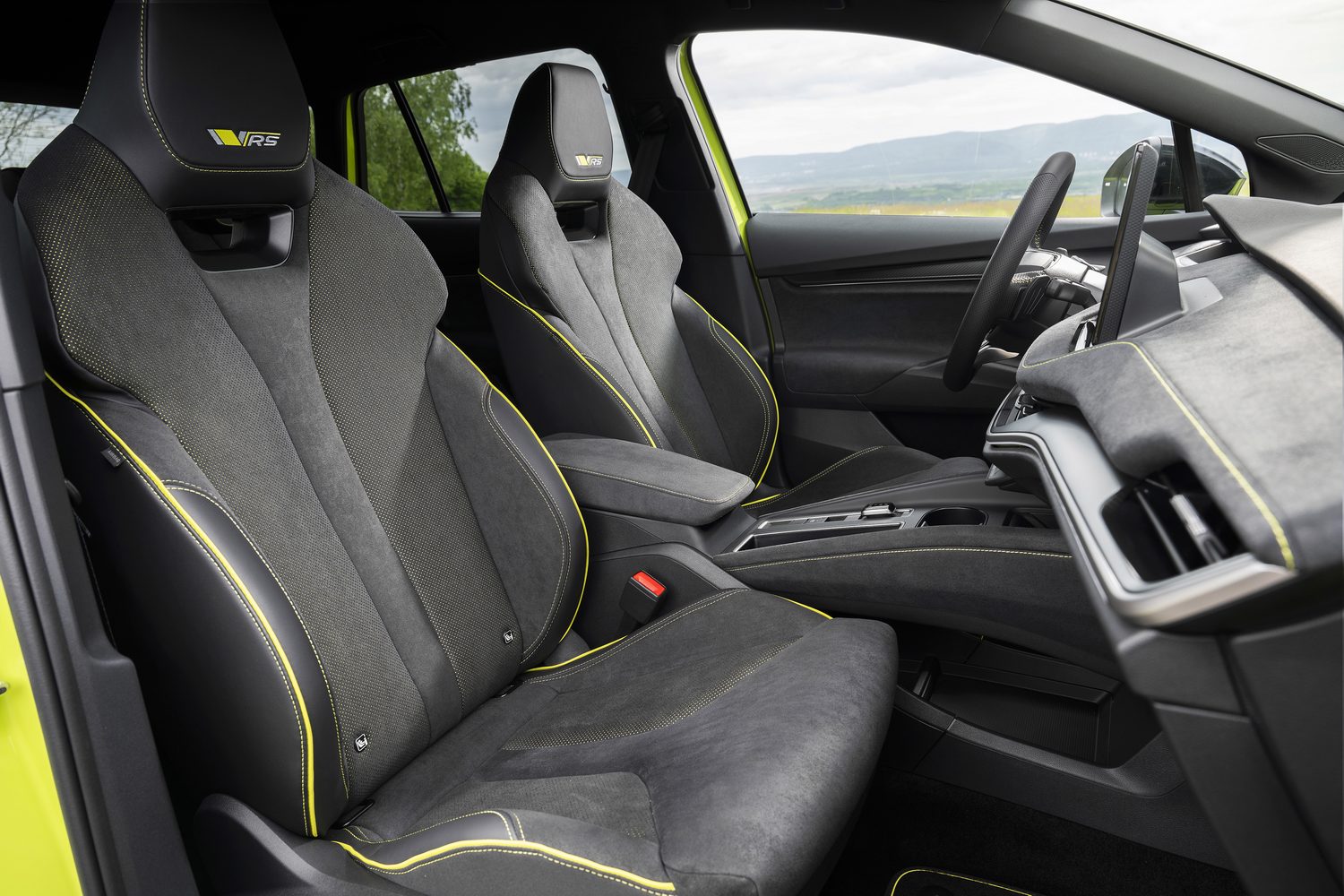
Unlike other Elroq models, for which you can pick and choose an interior style, the RS comes with one fixed look. Just as well it's a really good one. The cabin has been utterly slathered in a very high-quality synthetic suede made from recycled material.
That suede-like material is also on the dashboard, complete with contrast stitching in Skoda's traditional RS colour of lime green, and there's a smattering of faux carbon-fibre too. Quality levels are very high indeed, aside from some cheaper plastics down around the lower reaches of the centre console. Comfort levels are equally high. The high-backed bucket seats - trimmed in more suede-like material - are exceptionally supportive, but never too tight for comfort.
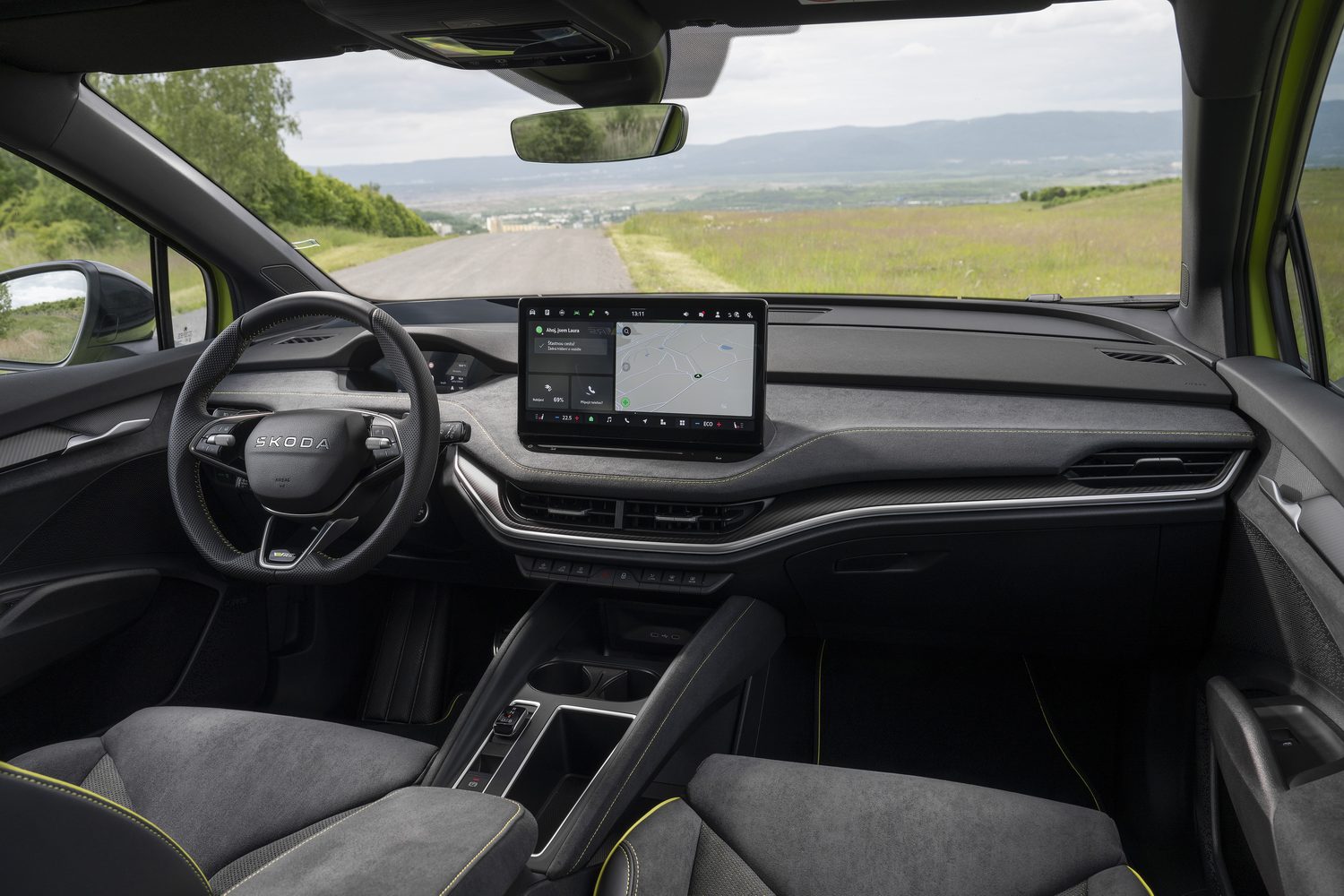
Space in the front is very good, and there's plenty of storage including two adjustable cup holders on the centre console, two wireless charging pads, a deep storage box under the centre armrest and a large open space below the centre console which will easily take a big handbag or a relatively small backpack. There are two USB-C charging sockets too (and two more in the back) but the high-level USB-C socket of other Skoda models, mounted in the rear-view mirror housing, is missing here.
Rear seat space is excellent, with acres of legroom and headroom even if there are tall passengers up front. There are handy split-level map pockets in the backs of the seats, including a smaller pocket for stashing earbud cases and the like. The centre rear seat is just about wide enough for a third passenger to get comfortable, aided by a flat floor, although in our test car that flat floor had been taken away in favour of an optional clip-in storage area. Our car also featured handy rear window blinds.
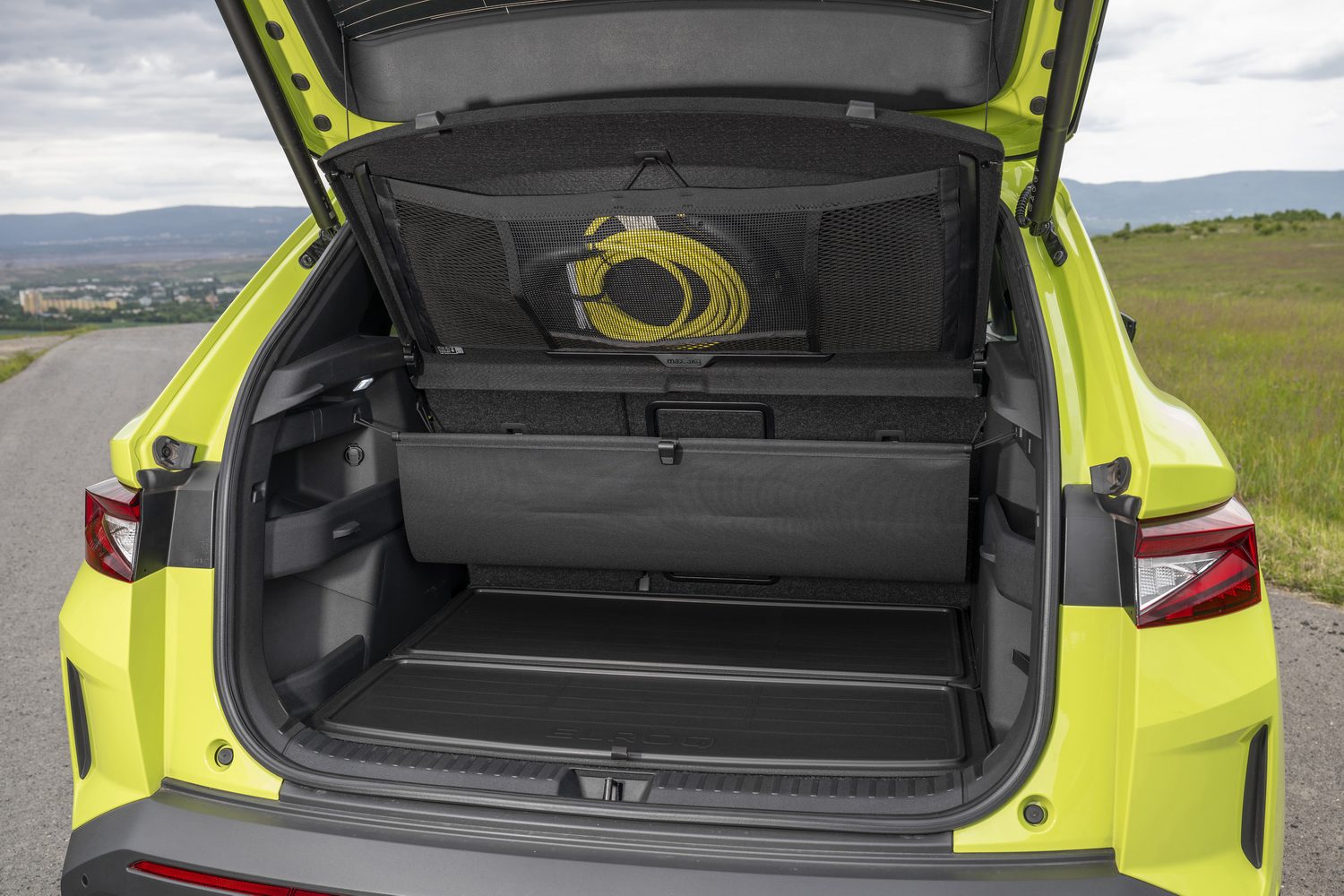
The boot, at 470 litres, isn't the biggest in the class (unusually for a Skoda) but there are the usual neat touches of bag hooks and a 12-volt charging socket, as well as the option of a handy net that hangs under the rear luggage cover and which is a handy place to stash your charging cable. There's also a little under-floor storage space, but you'd have to work hard to squeeze a charging cable in there.
In terms of tech, the big 13-inch touchscreen is maybe a little too big, and it can prove a little distracting as it swims in the periphery of your vision. Still, successive software updates and a bank of physical shortcut buttons make that screen easy to use, although it's a shame the Elroq doesn't get the handy rotary controllers of the Skodas Superb and Kodiaq.
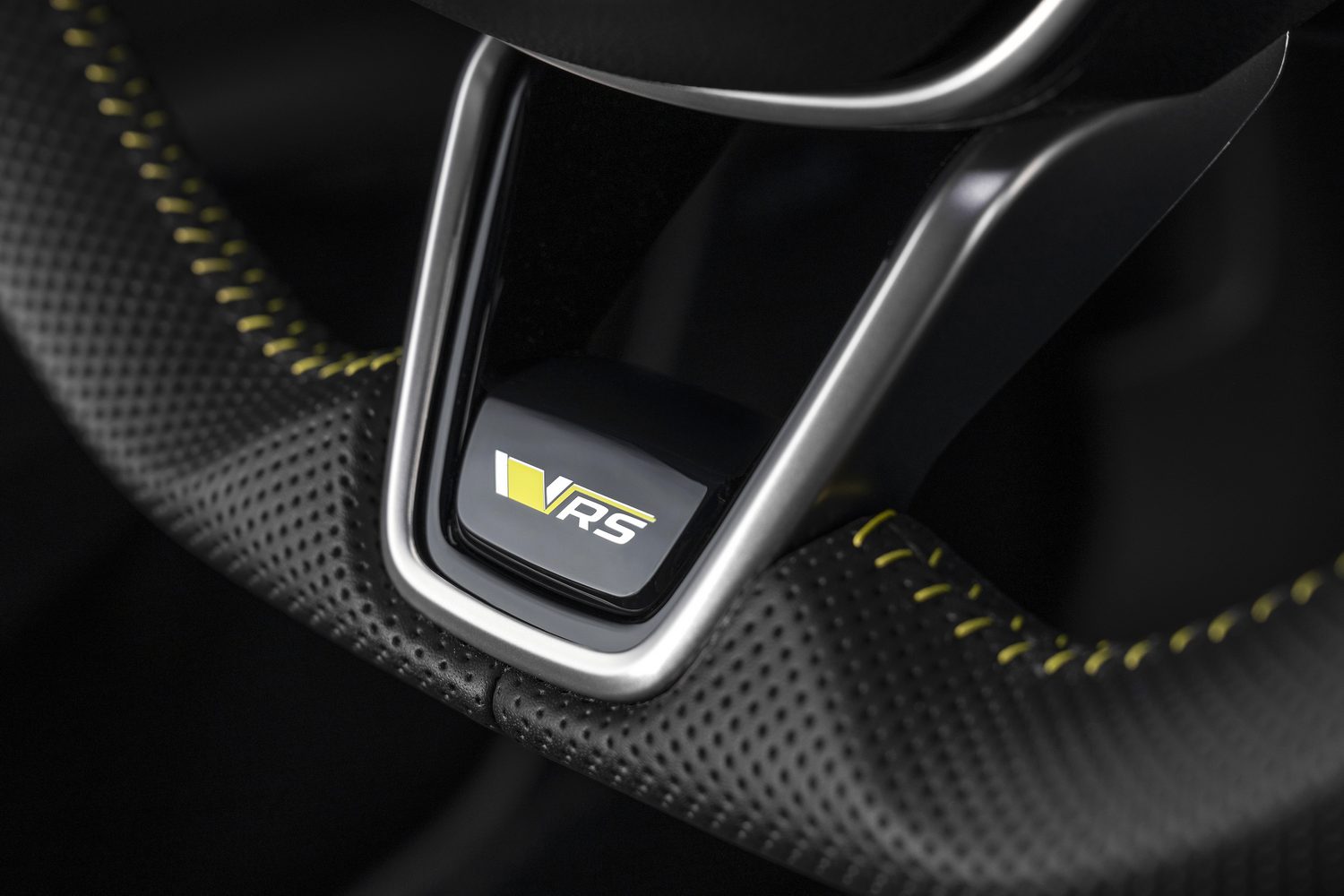
The driver's digital display is small, but useful and can be configured to show plenty of helpful info, including navigation directions, while the optional head-up display is very useful.
Performance of the 2025 Skoda Elroq RS
• Strong performance
• Good steering feel
• Lacks a last touch of sharpness
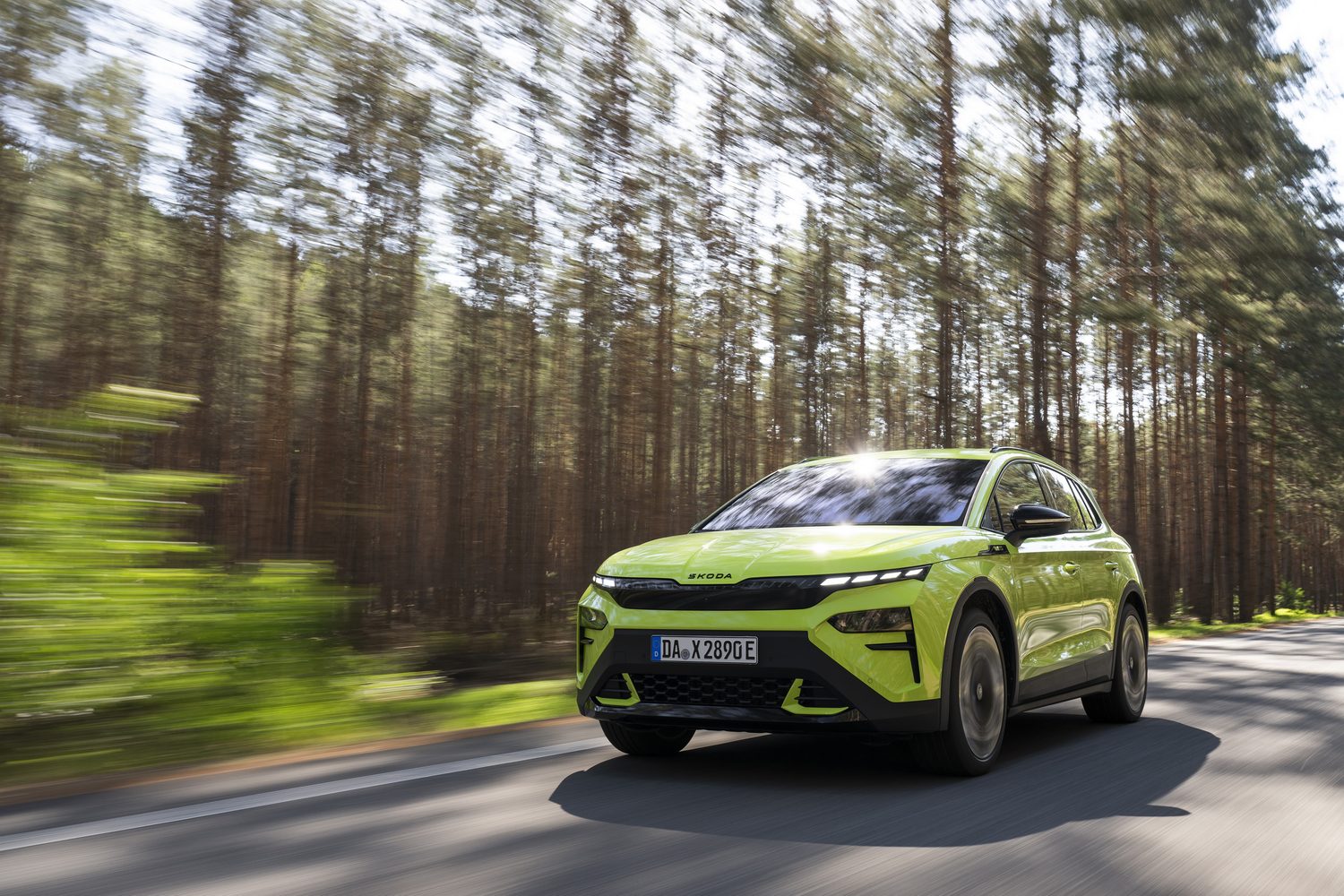
There does seem to be something of a trend in Skoda's RS range of late, whereby the cars are starting to aim for a slightly softer edge, favouring day-to-day usability over the last nth degree of dynamic prowess.
We noticed this first in the latest, updated Skoda Octavia RS, and the Elroq RS seems to be on the same path. Yes, it's sharper to drive than a standard model, but perhaps not by the margin you might expect. Is this a terrible thing? Not necessarily.
The Elroq RS's steering is notably good, with firm weighting and just enough feedback to keep a keen driver interested on a good road. It's not as incisive as that of an Alfa Romeo Junior, but it's good enough for most purposes.
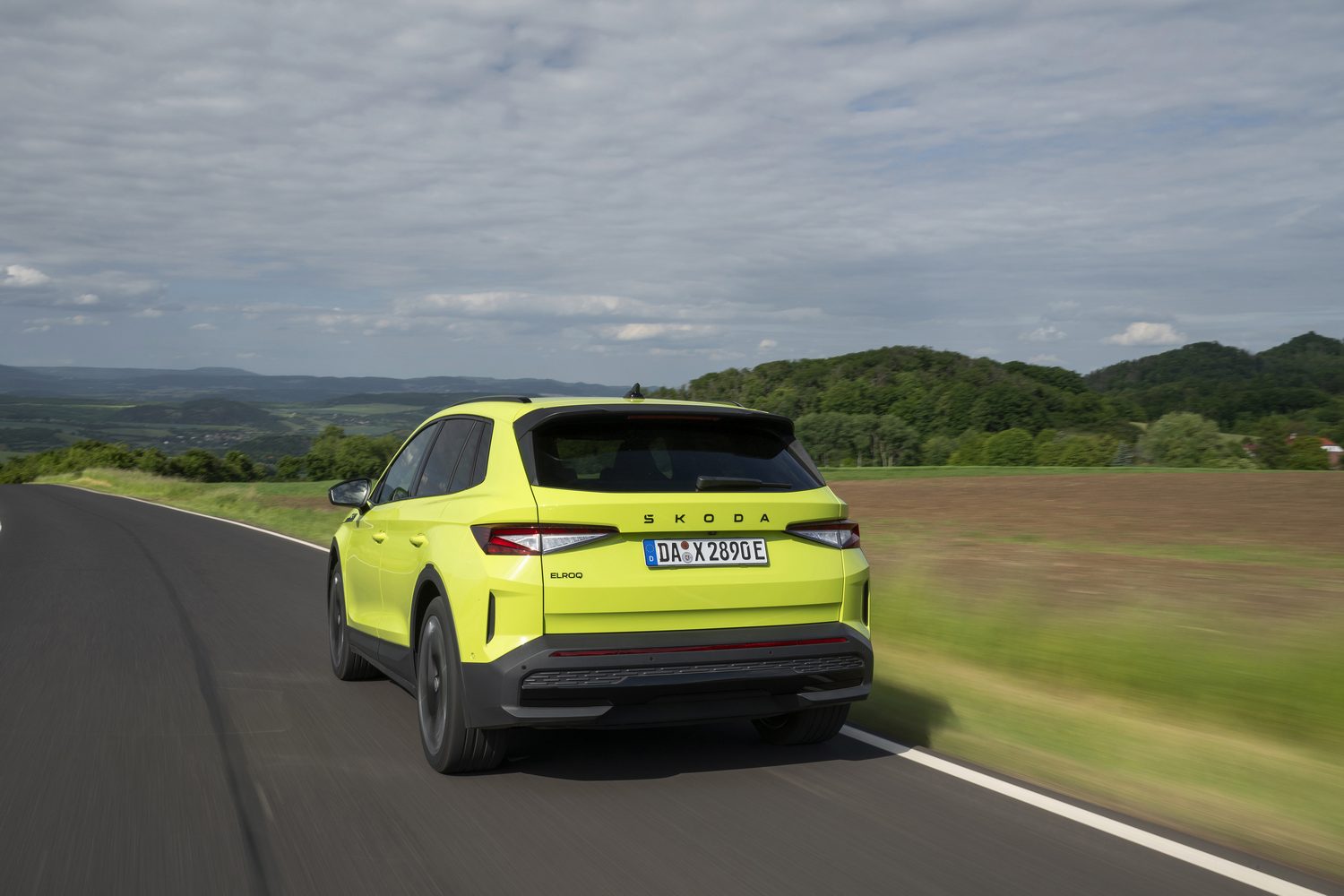
Ditto the chassis. The lower and stiffer springs can be partly offset by adjusting the DCC adaptive dampers (standard for Irish cars) to their softest setting, but even in Sport mode the ride of the Elroq RS never becomes abrasive. It's firm, of course, but rounded off to a point where you'd never flinch at using this as your daily car.
Does that compromise the Elroq RS in corners? A little, but to be honest the compromise is more to do with weight than anything else. At slightly more than 2.2 tonnes, the Elroq RS is porky for a car of its size, and while the RS additions do disguise that up to a point, you will notice it in tighter corners. That said, through a coned-off 'autotest' course on a private test track, the Elroq RS never felt anything less than responsive and agile, so clearly the weight hasn't blunted it too much.
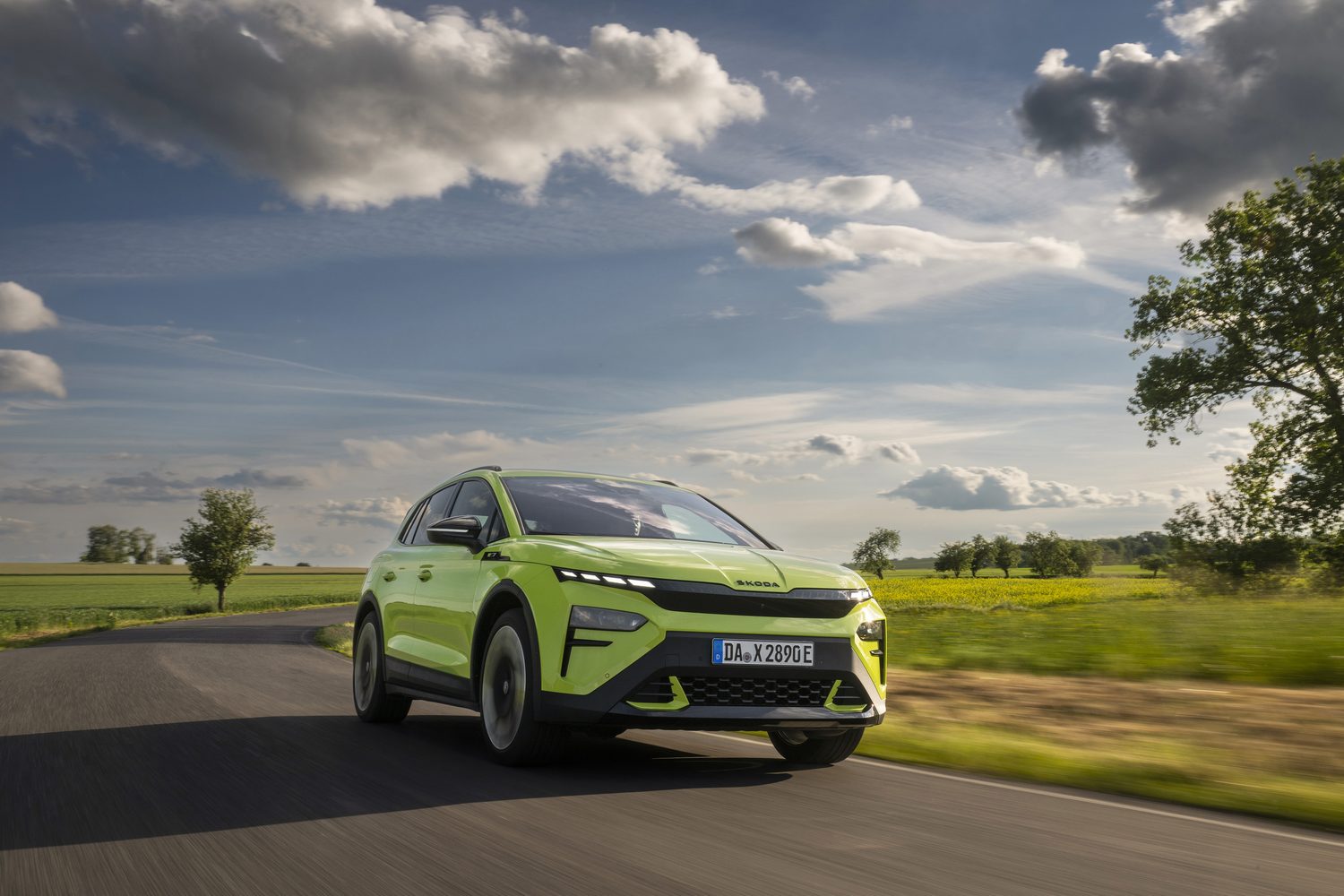
Performance from the two electric motors is strong, and its 5.4-second run to 100km/h is impressively quick. As ever, acceleration does tend to tail off a bit as higher speeds are reached, but the mid-range punch is solid, and overtaking is easy and safe. The brake pedal feel is a touch soft, but the brakes themselves feel good, and the ability to adjust the regenerative braking by using the paddles behind the steering wheel is welcome.
Is the RS worth the premium over a standard Elroq? That's perhaps a more subjective question to answer but given that it's easy to spec a Sportline model up to a point close to the price of the RS, it would seem almost daft not to go the extra final mile and get the sharper chassis, four-wheel drive and greater performance. Especially as that doesn't seem to come at much of a penalty in usability.
Running Costs of the 2025 Skoda Elroq RS
• Impressive real-world efficiency
• Brisk, if not exactly super-fast, DC charging
• Won't be expensive to run if you charge at home
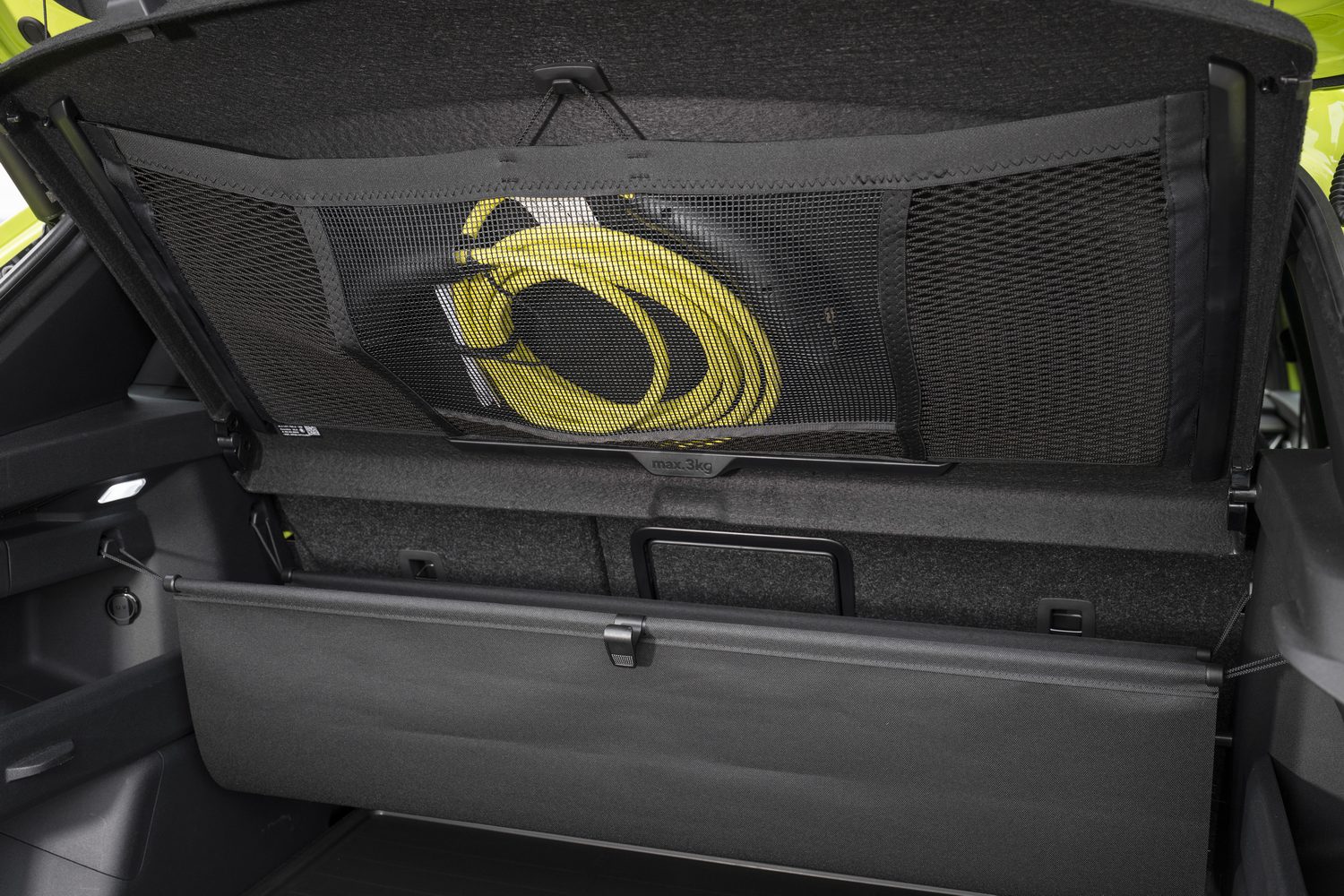
While the Elroq RS's extra power and stickier tyres do exact a penalty in terms of overall range, the fact is that the RS still provides plenty of running time on a fully charged battery. Skoda quotes 549km on a full charge of the 79kWh battery, according to the WLTP test. That's pretty good for a high-performance model.
In real-world conditions? You might just tickle the tummy of 500km if you're really careful, but if you're making use of the performance, and driving in Sport mode, then around 460-480km seems more likely, which is plenty. Put it this way: a full day's driving on a mixture of country roads, motorways and some snarled up urban traffic didn't give us a moment's worry when it came to range.
The Elroq RS's battery can charge at up to 185kW on a high-powered DC charger, which will give you a 10-80 per cent charge in 26 minutes if all of the stars align. There's an 11KW AC charging system, with a vehicle-to-load (V2L) function as well, providing up to 3.4kW of power. Skoda now also offers a built-in public charging setup in the MySkoda app, which for a small monthly fee gives you preferential charging rates at IONITY chargers.
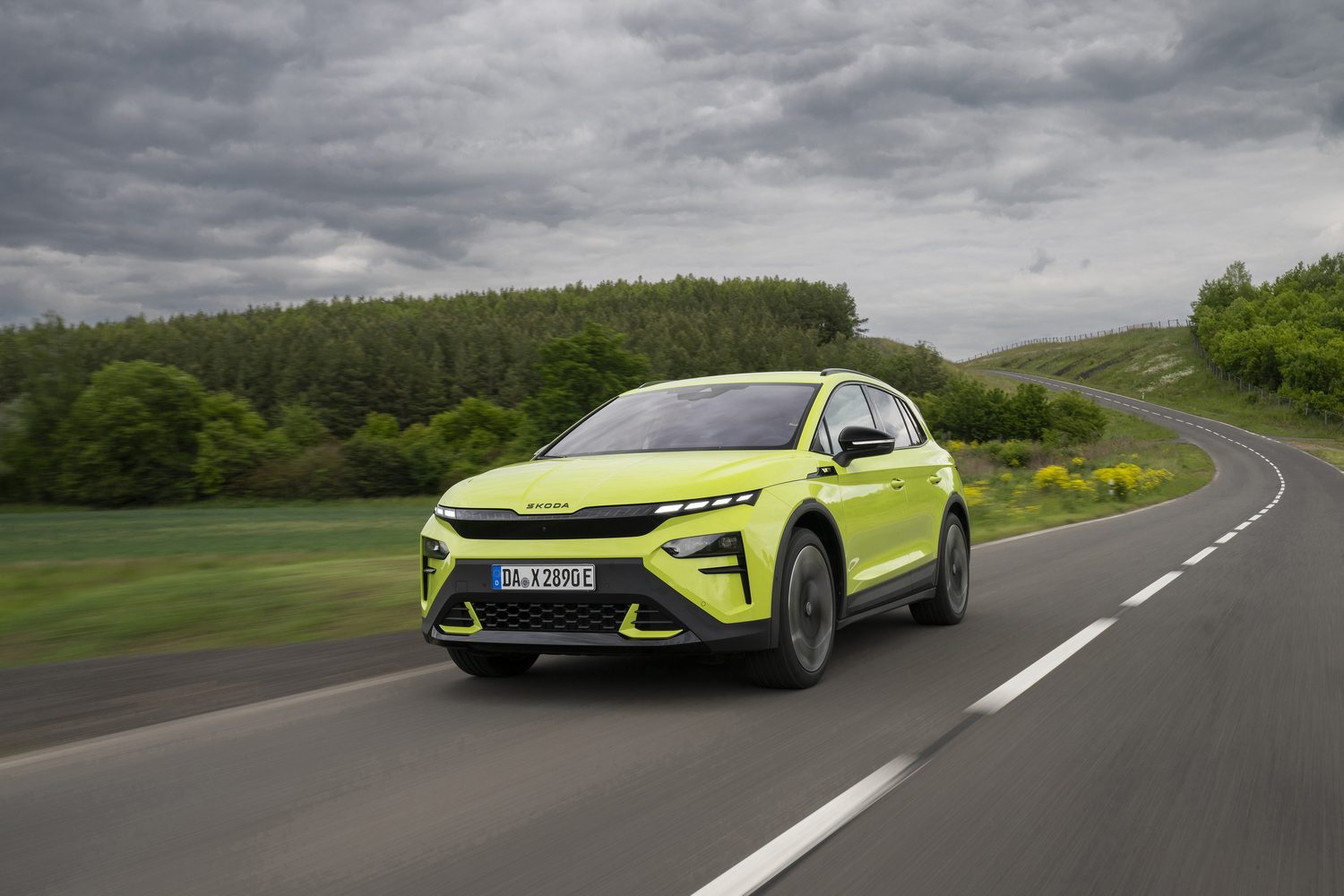
If you're charging at home, on the cheapest possible rate of circa 11c per kWh, then you could potentially charge up for as little as €8.69, which kind of shows that the switch to electric power is opening up the possibility of running a high-performance four-wheel-drive car for astonishingly little money compared to a turbocharged petrol equivalent.
Irish Pricing & Rivals of the 2025 Skoda Elroq RS
• Range-topper, so it's expensive
• Pricey options packs
• No standard heat pump
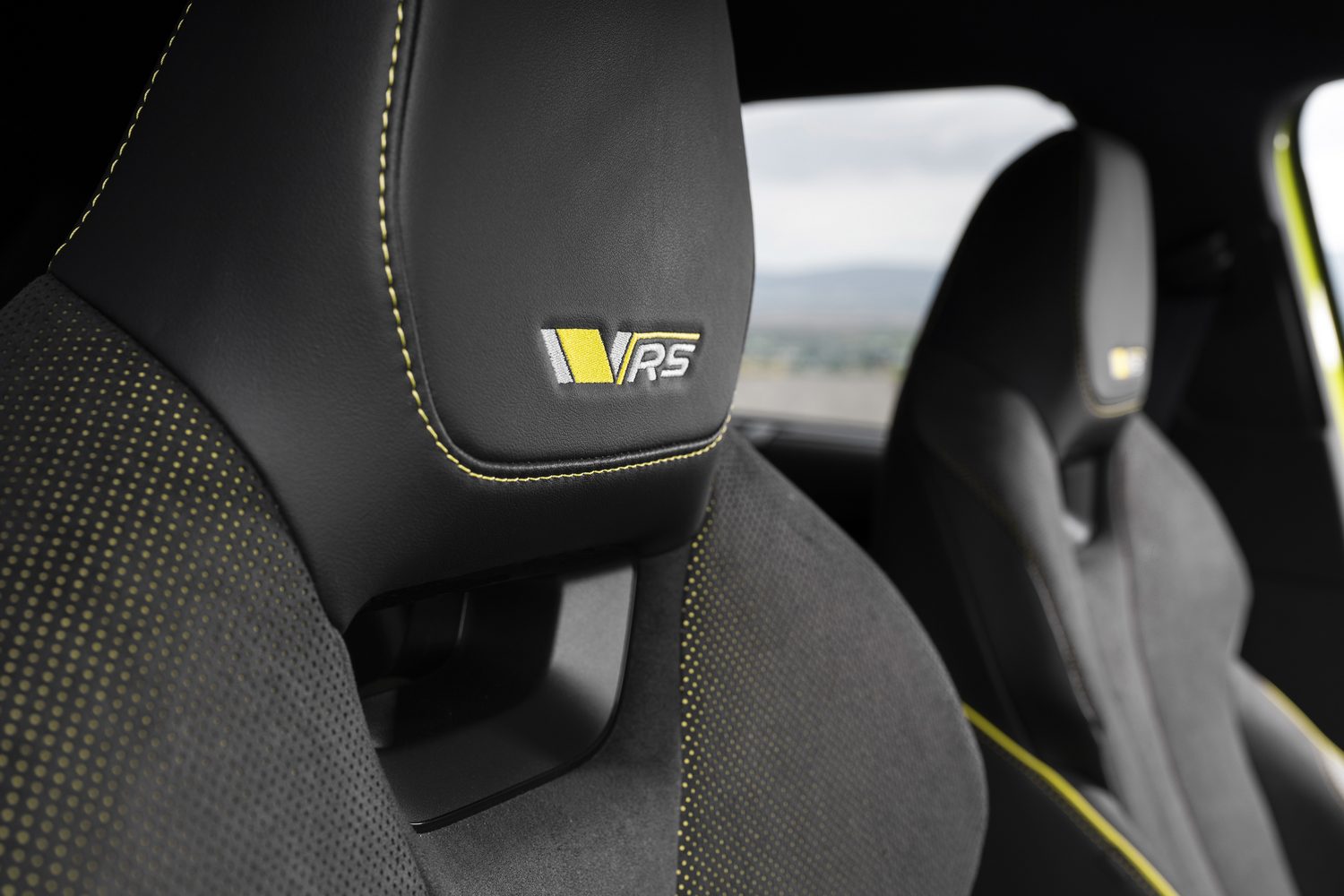
With an on-the-road price of just over €54,000, you'd never call the Elroq RS cheap, but as pointed out above, it's not that much more expensive than a regular rear-drive Elroq Sportline, so why not get the cooler car?
Standard equipment includes a 13-inch touchscreen, digital instruments, 20-inch alloy wheels, blind-spot monitoring, adaptive cruise control, lane-keeping steering, two-zone air conditioning, heated front seats and steering wheel, DCC adaptive dampers, wireless phone charging, navigation and a power adjustable driver's seat.
While the list of standard equipment is lengthy, the RS can still be optioned up and it gets expensive once you start dipping into Skoda's options packs. The really necessary one is the €340 transport pack, which gets you that handy under-luggage-cover net for stashing the charging cable. If you want a head-up display, that's part of a pricey €1,953 option pack (which in fairness does also include the excellent 12-speaker Canton stereo) and if you want rear air conditioning controls, then you'll need to upgrade to the €3,209 Maxx pack.
Equally, a heat pump - crucial for conserving range on very chilly days - is a €1,271 option. At least the extended warranty - which stretches the standard three-year warranty out to five years, although with no increase on the 150,000km mileage limit, is a reasonable €672 and well worth it if you plan to keep the car longer than the usual three years.
There's also an inclusive servicing and maintenance pack, which includes fresh tyres (and generally EVs get through tyres more quickly than an internal combustion car) for €1,250.
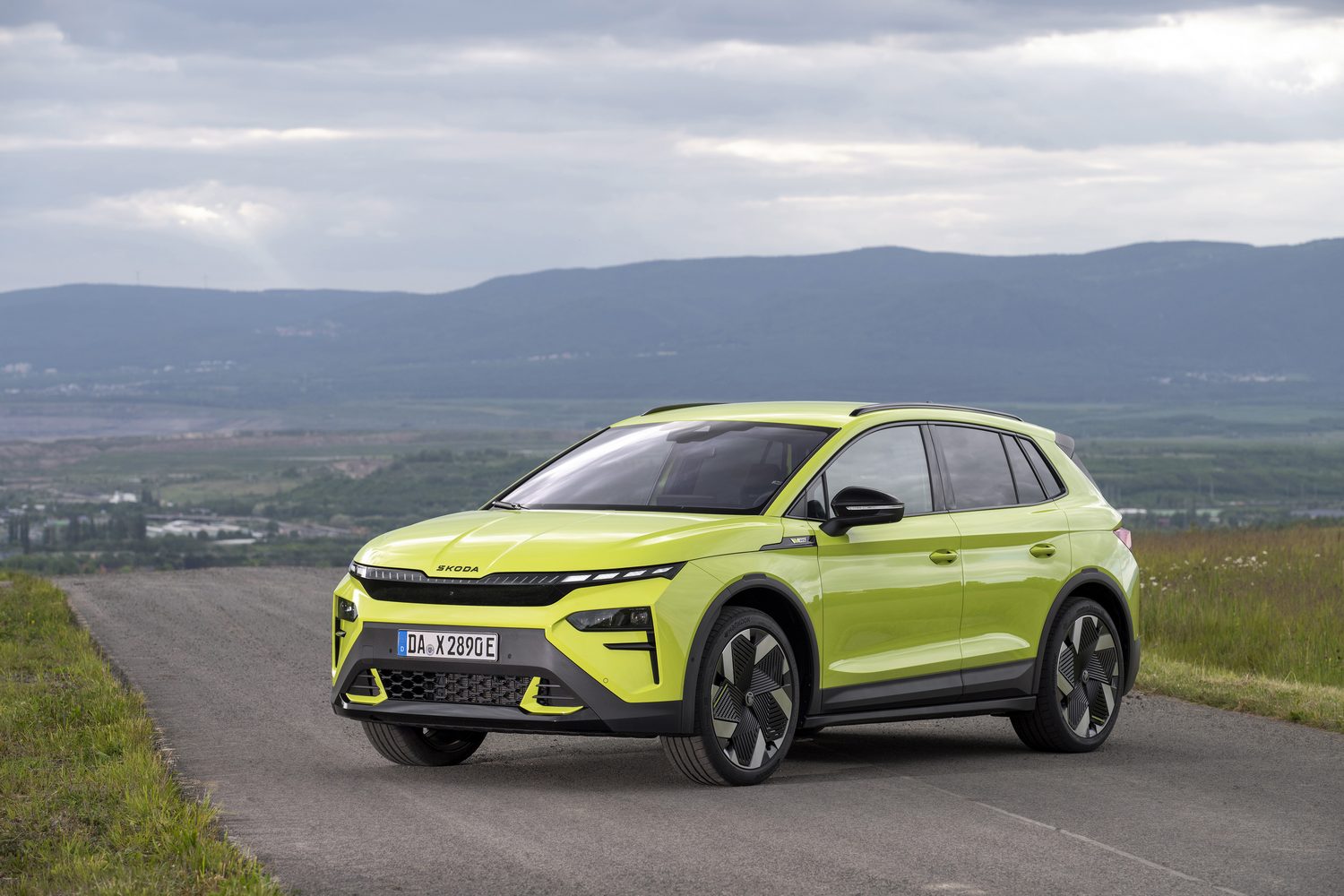
As for rivals, the newly launched Peugeot E-3008 Dual Motor comes with four-wheel drive, 325hp and an impressively tweaked sports chassis and will probably be priced at a very similar level to the Elroq RS, but it's less overtly sporty and certainly not as quick as the Skoda.
Also available for similar money is the hugely powerful and fast BYD Sealion 7 Excellence, which can almost match the Skoda for cabin quality, but which is nowhere near as sharp in corners.
There's also internal Volkswagen Group competition from the likes of the Cupra Tavascan and the VW ID.4 GTX, although these are a bit pricier than the Elroq. You could also consider upgrading to the bigger, roomier Skoda Enyaq RS, which is currently off the price lists as we await the arrival of the facelifted model and which is hugely capable, but a little less outright fun than the Elroq.
Meanwhile, a high-performance GT version of the Kia EV3 is expected to arrive within the next year or so.
Verdict - Should You Buy the 2025 Skoda Elroq RS?
Absolutely. OK, so it's expensive and it's heavy, and neither of those are good things, but in a broader sense the Elroq RS is not excessively priced, especially given its performance and its sharpened driving dynamics. It's also worth taking into consideration the fact that this is still a traditional Skoda - roomy (aside from a slightly under-sized boot), comfortable, practical and full of the usual nice touches. It's not quite fast and furious, but the Elroq RS is at least pacy and pleasing.
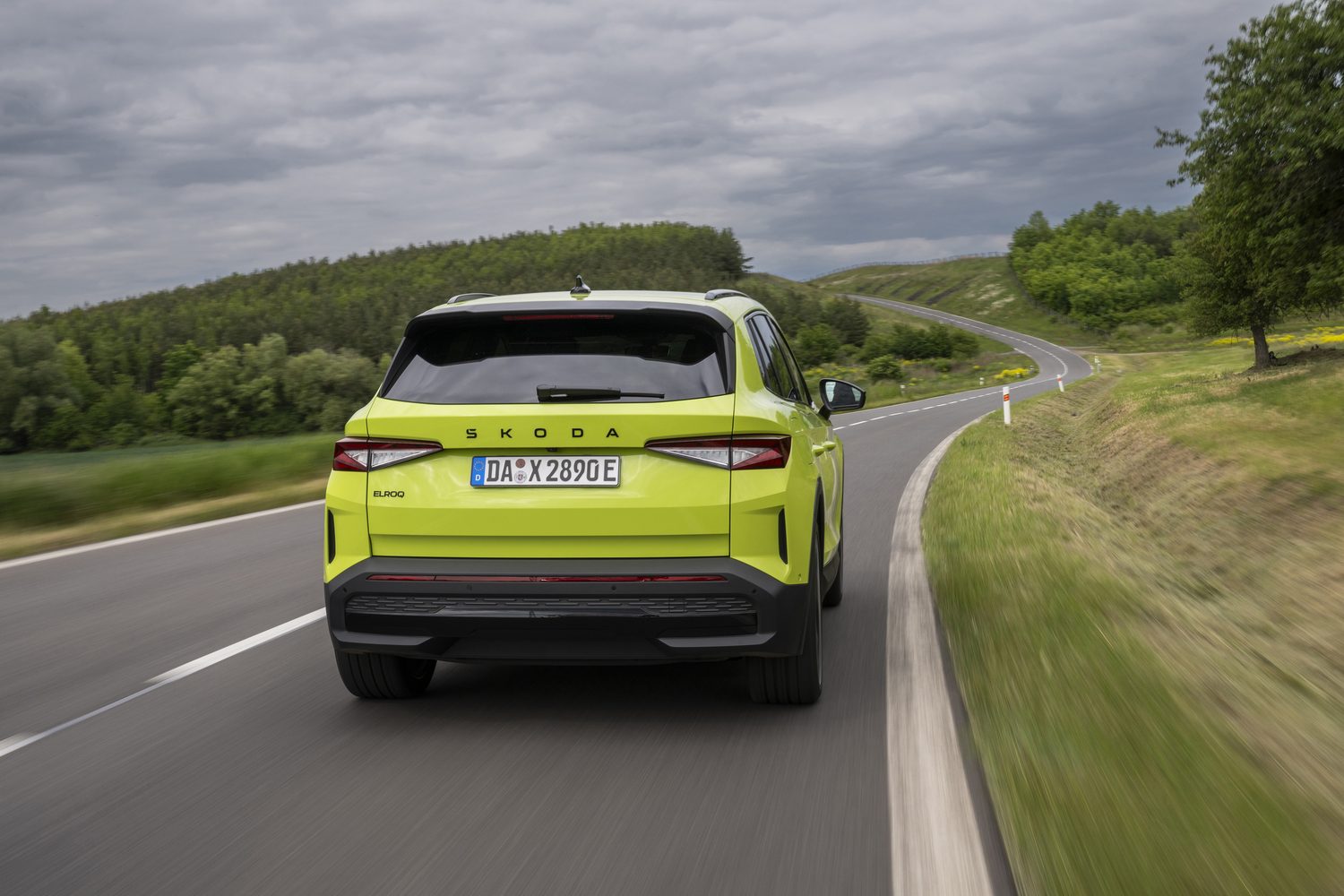
FAQs About the 2025 Skoda Elroq RS
How many child seats fit in the back of the Skoda Elroq RS?
There are two ISOFIX points in the back seat, and the centre rear seat is pretty wide, so should be able to accommodate a narrow booster cushion. There's another set of ISOFIX points in the front passenger seat.
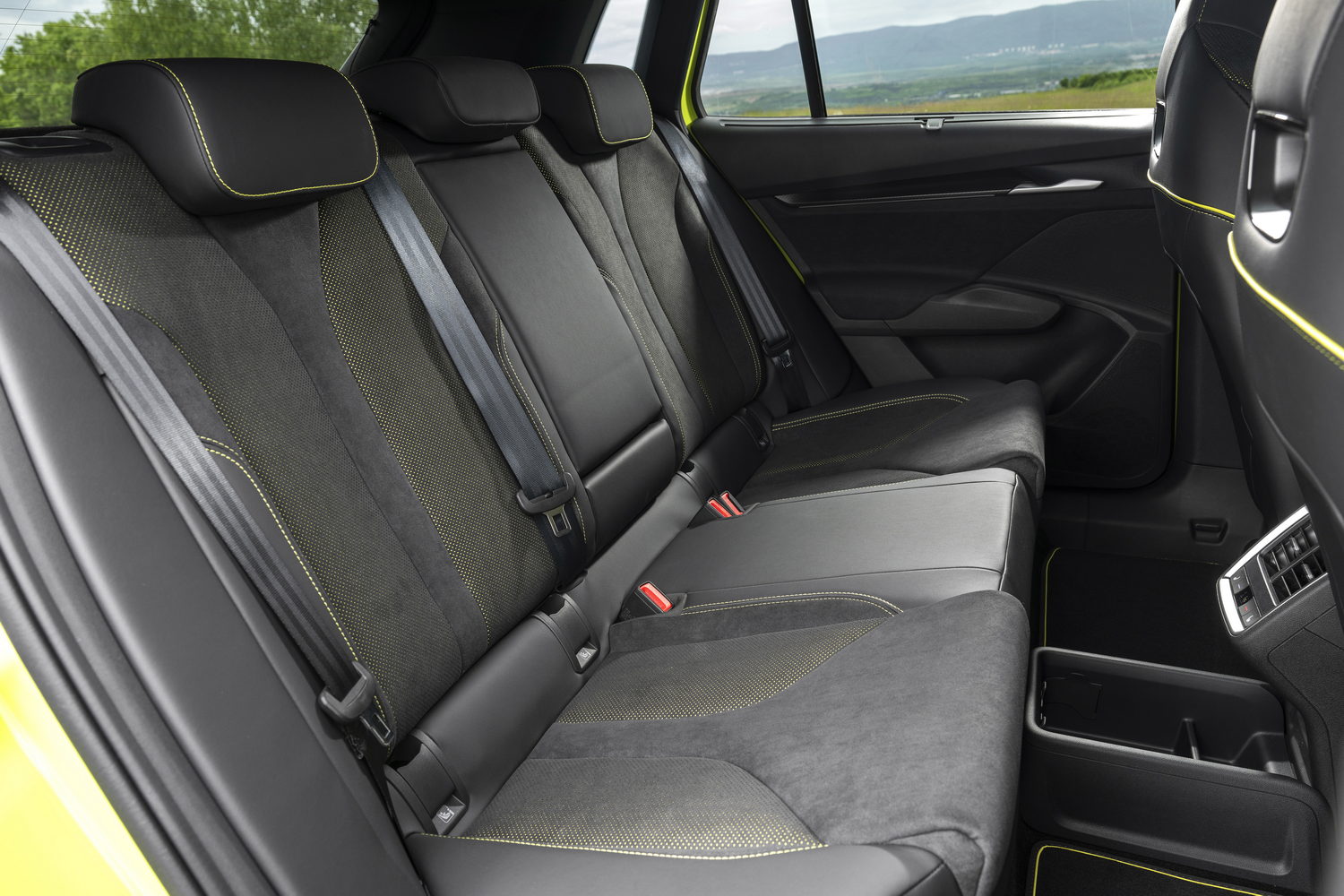
Is the Skoda Elroq a good car?
Yes, really good. The basic version isn't the best for range, but it has a fantastic cabin, has lots of space, is well made and in this RS form is pretty good fun to drive.
What is the top speed of the Elroq?
In standard 170hp form, the Elroq will reach 160km/h, while the more powerful 286hp version will hit 180km/h. This RS version is also pegged to 180km/h. Not that such figures mean anything to Irish drivers.
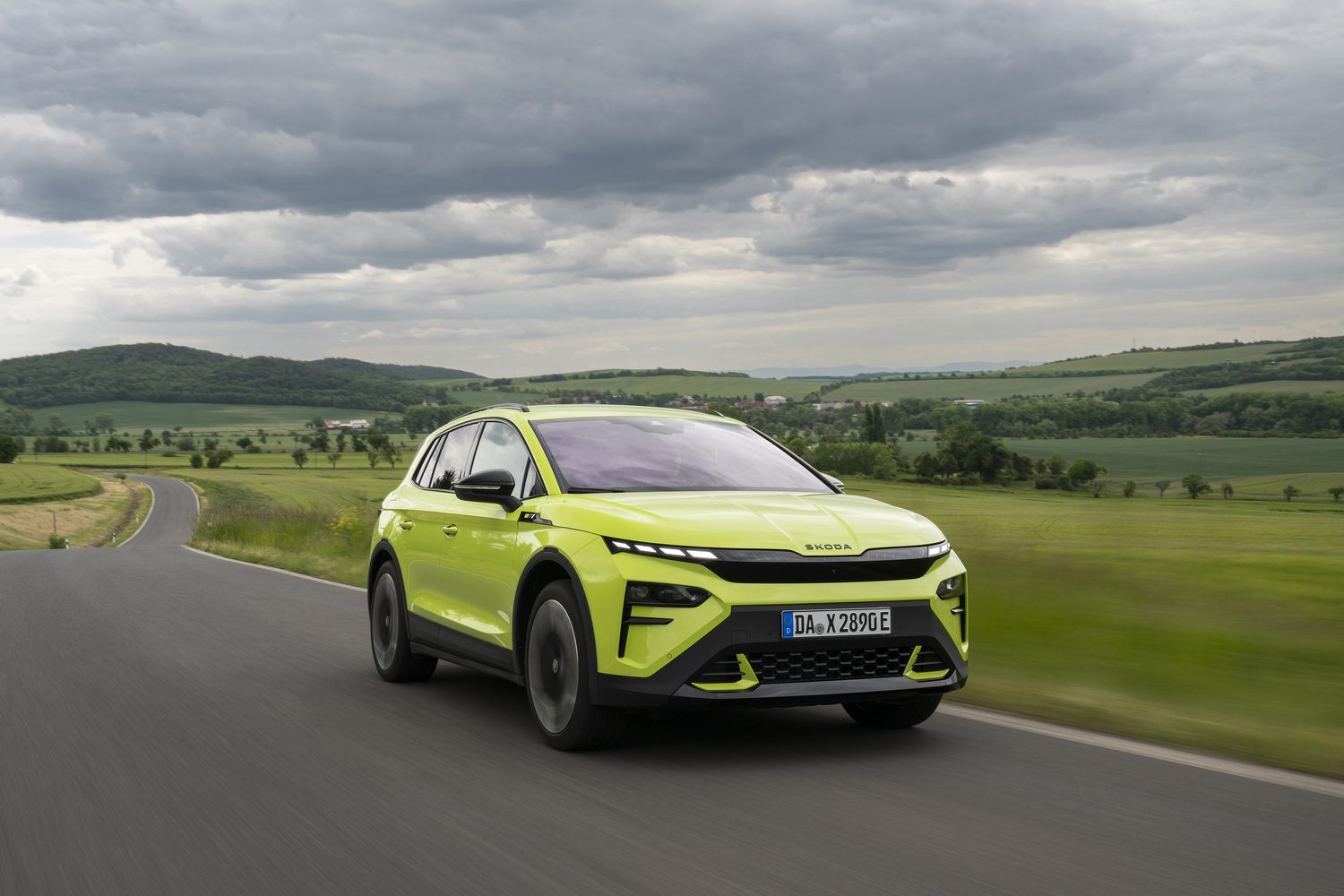
How safe is the Skoda Elroq?
We're not quite sure yet - the Elroq hasn't been tested by Euro NCAP, although the related Enyaq has and that took home a maximum five-star score. The Elroq should follow suit, and this RS version gets some extra standard safety equipment compared to basic models.
Want to know more about the Skoda Elroq RS?
Is there anything else you'd like to know about the Skoda Elroq RS? Or anything you feel we haven't covered here? Then just head over to our Ask Us Anything section and, well, ask us anything.

